G L O S S A R Y
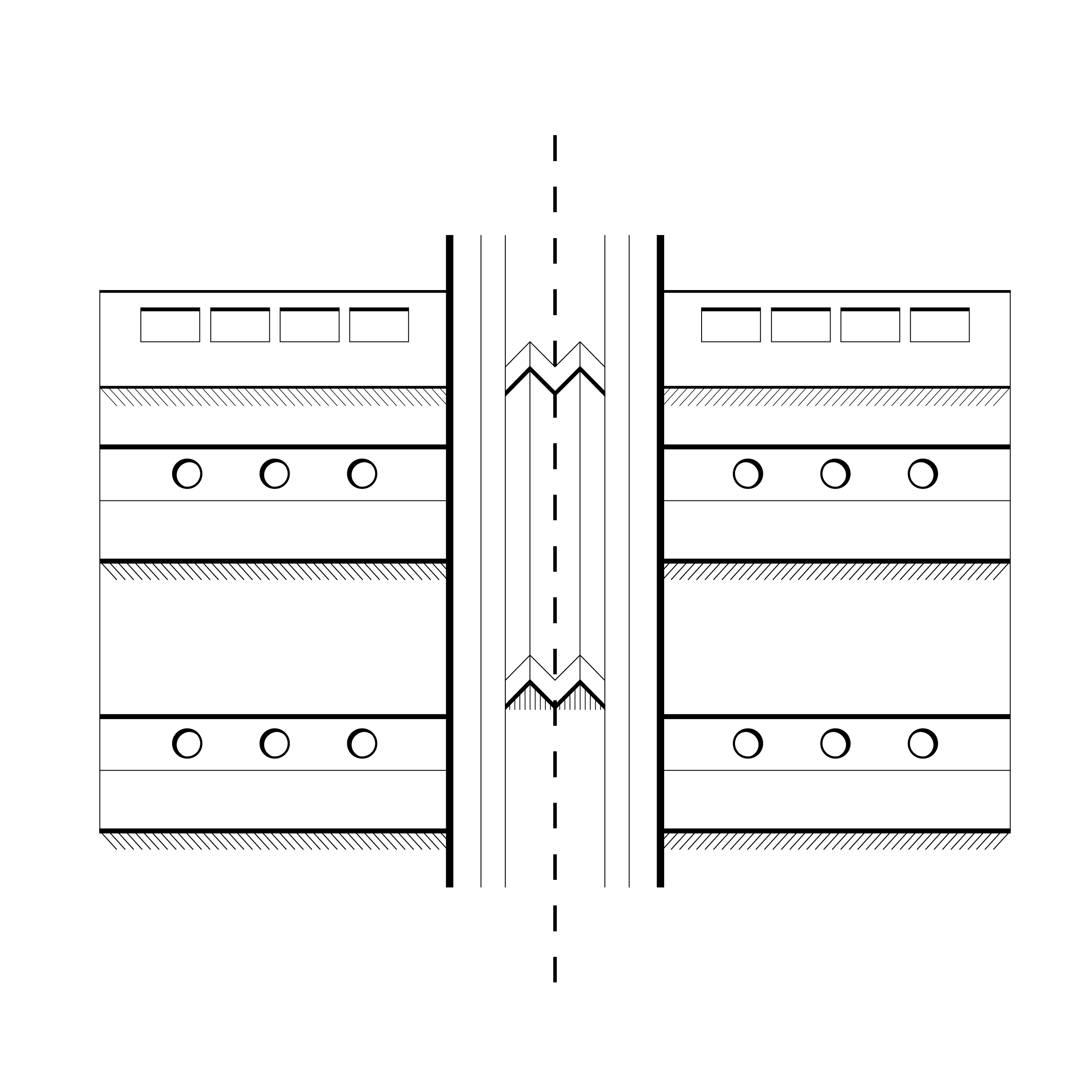
Symmetrical Facade
Facade having symmetrical division of mass and features along the central axis.
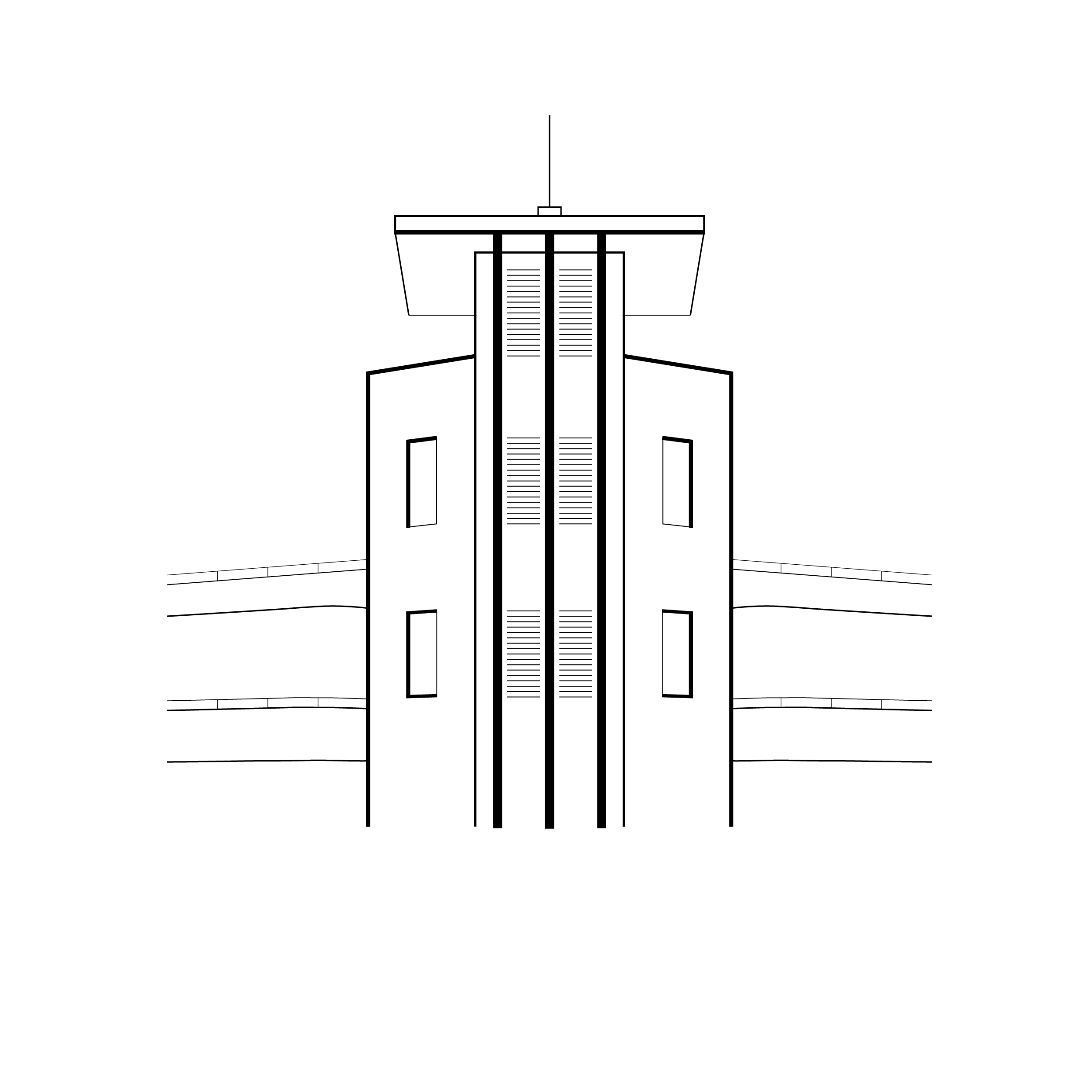
Emphasis on Central Vertical Tower
laying emphasis on the verticality of the building. Features like towers, fins, flutes and reeds help lay emphasis to receive the form.
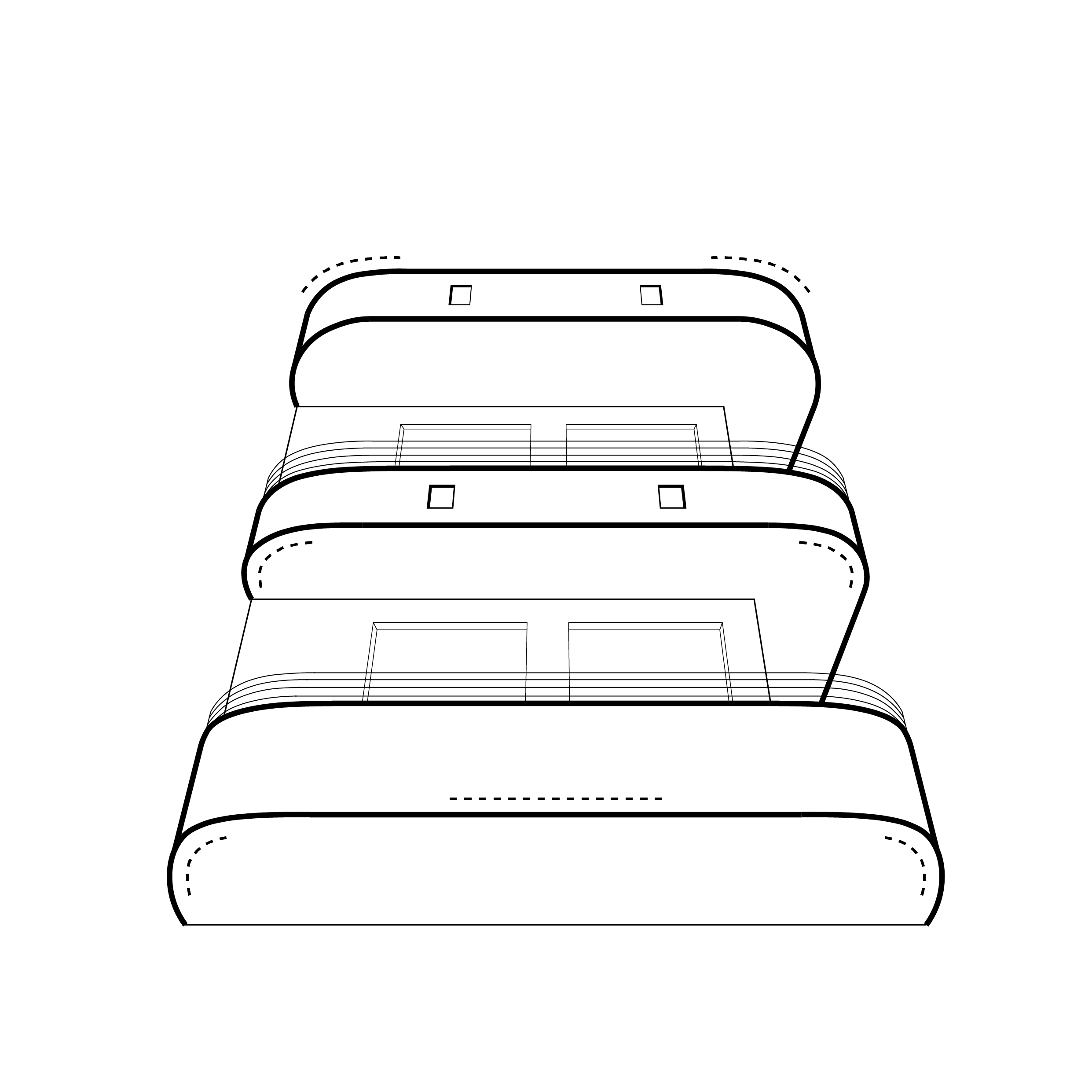
Curved Balconies
A prominent feature of the streamline profile. Balcony projections from facades often have curving edges, which adds the notion of flow and smooth edges to the profile. Often eyebrows or eyelids accompany the balconies. Bandings and motifs can be observed additionally.

Eyebrows
Continuous overhangs as sunshades, curving as the profile of the building, specially continuing around corners. They enhance horizontality apart from providing protection against sun and rain. The horizontality further lays emphasis on the streamlined feature of ocean liners.
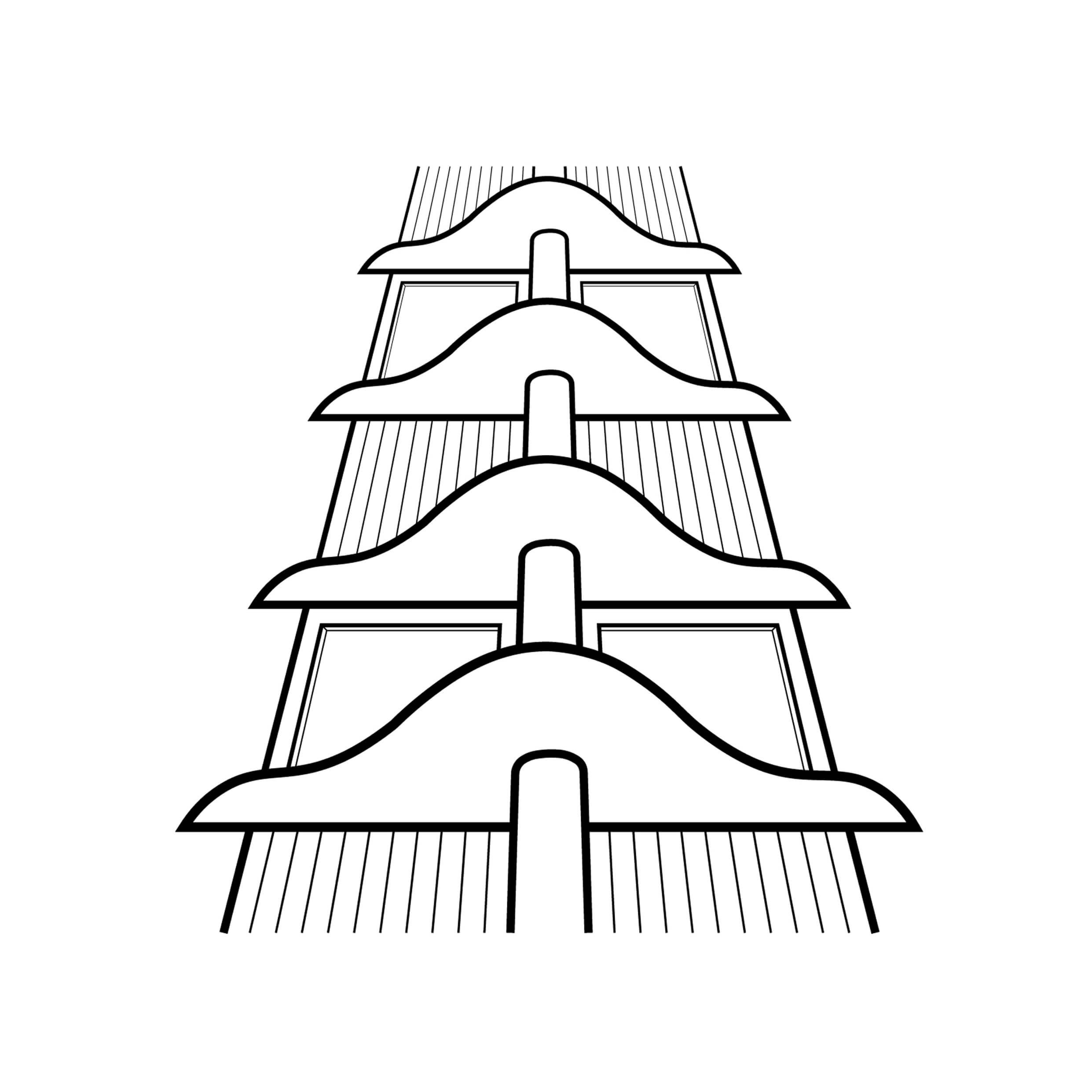
Eyelids
Smaller overhangs with curved profiles like discs. Discontinuous in nature in comparison to Eyebrows.
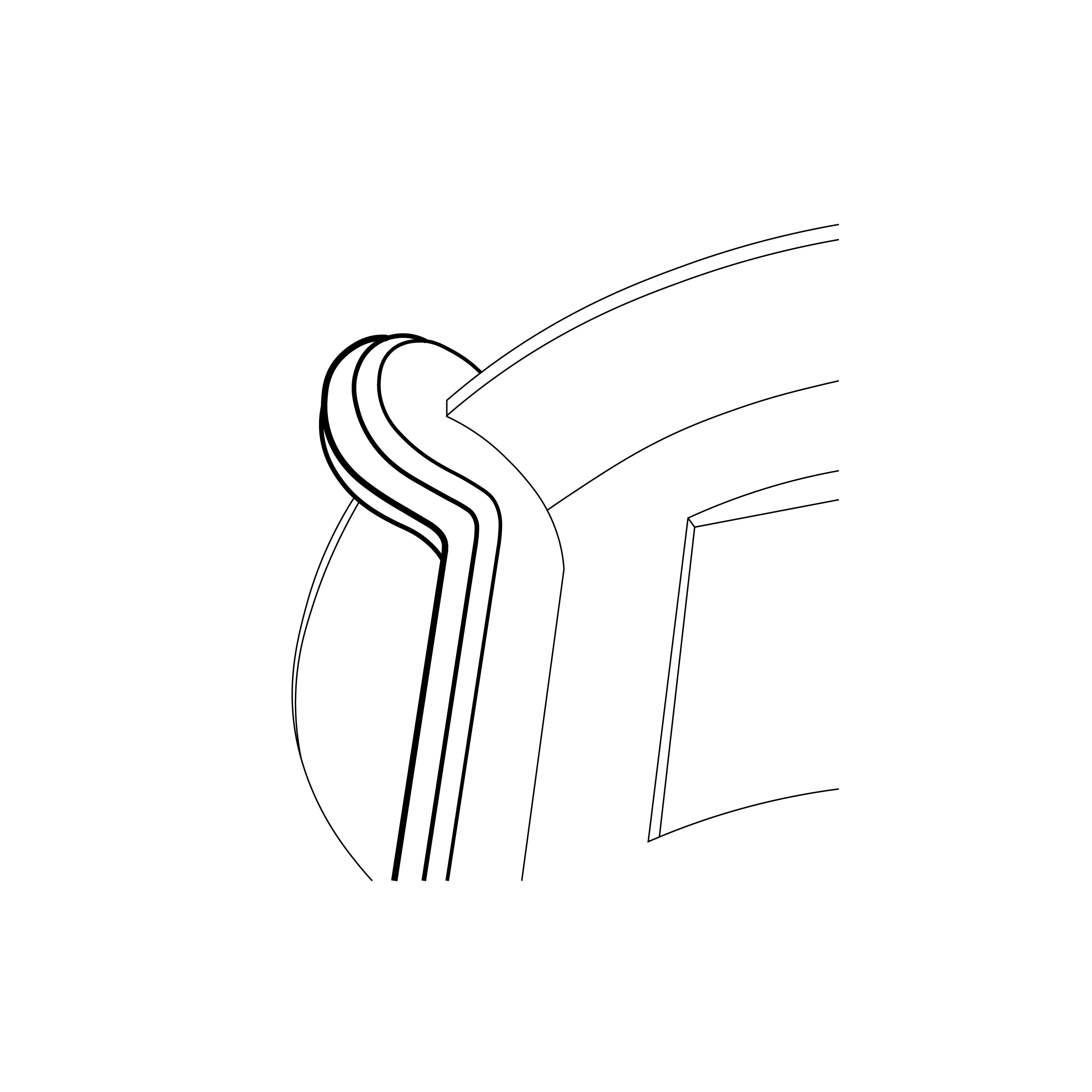
Vertical Fluting
Flutes are shallow bands curving outwards running as vertical bands on building facades, sometimes wrapping along the flat roofs of the Art Deco structures.
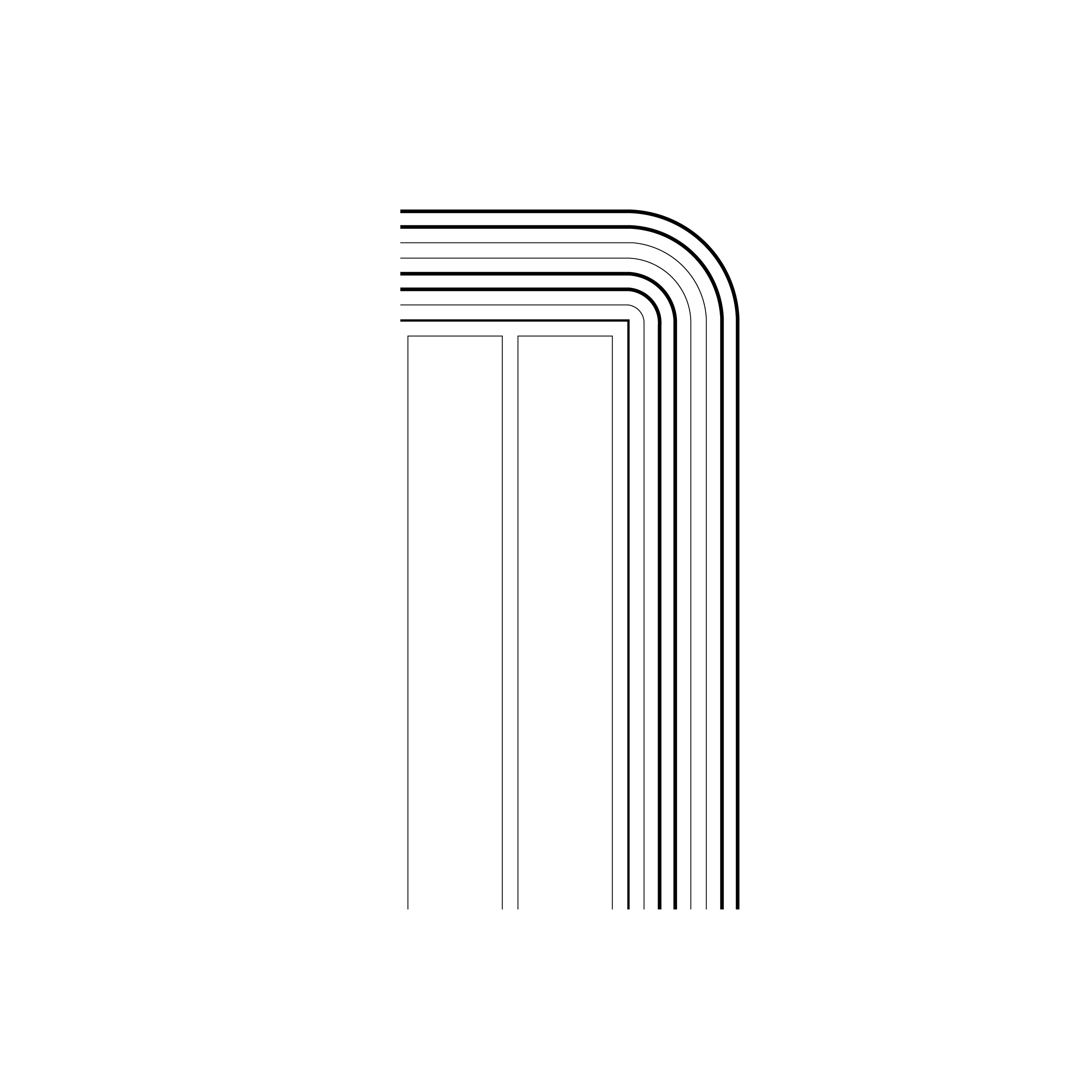
Vertical Reeding
Reeds are shallow inward divisions running as vertical bands along the building facade, generating a feeling of an upward motion on the central towers / main entrances of the buildings.
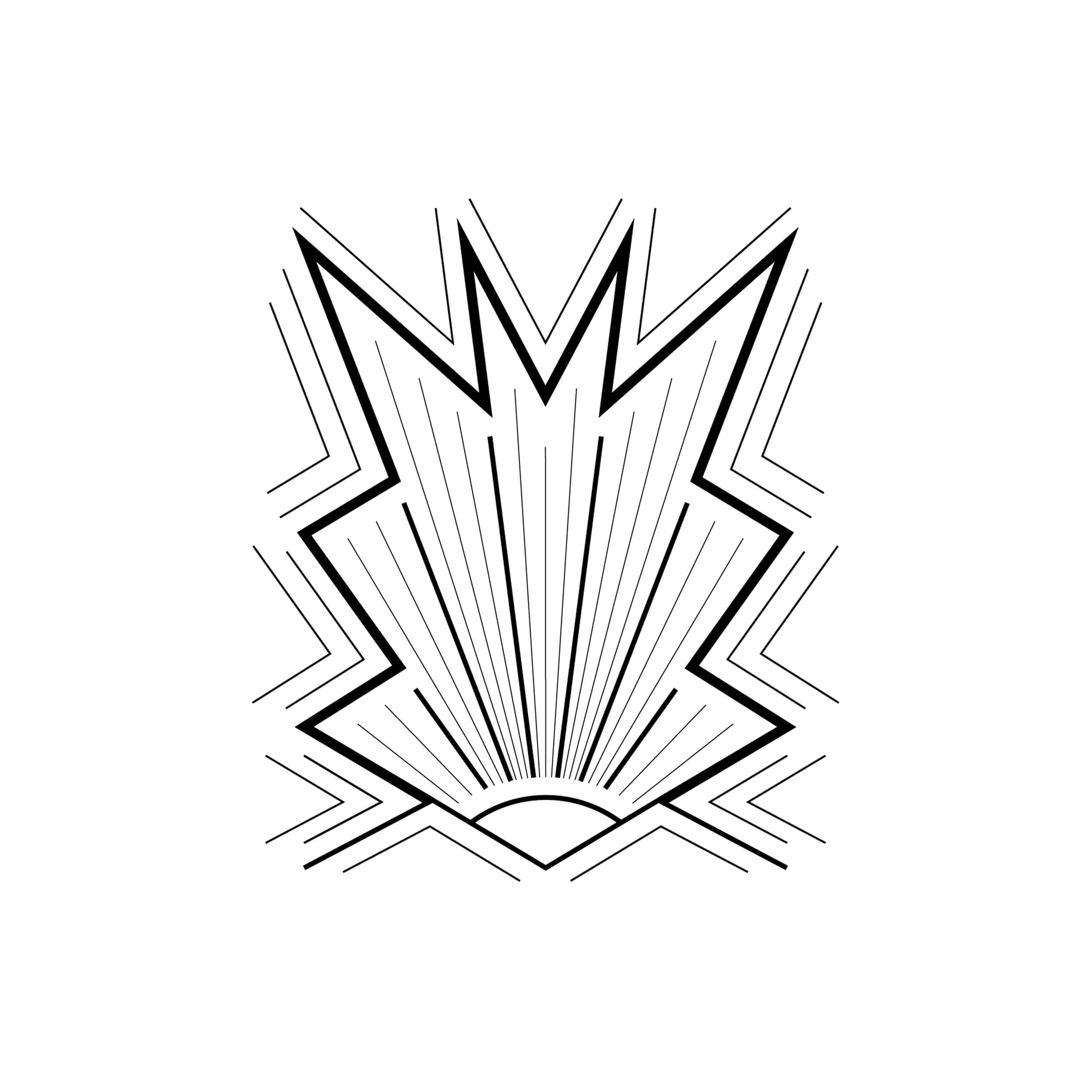
Frozen Fountains
An ornamentation depicting a shape of symmetrical water fountain, which is also used to represent an ancient symbol of perpetual life.
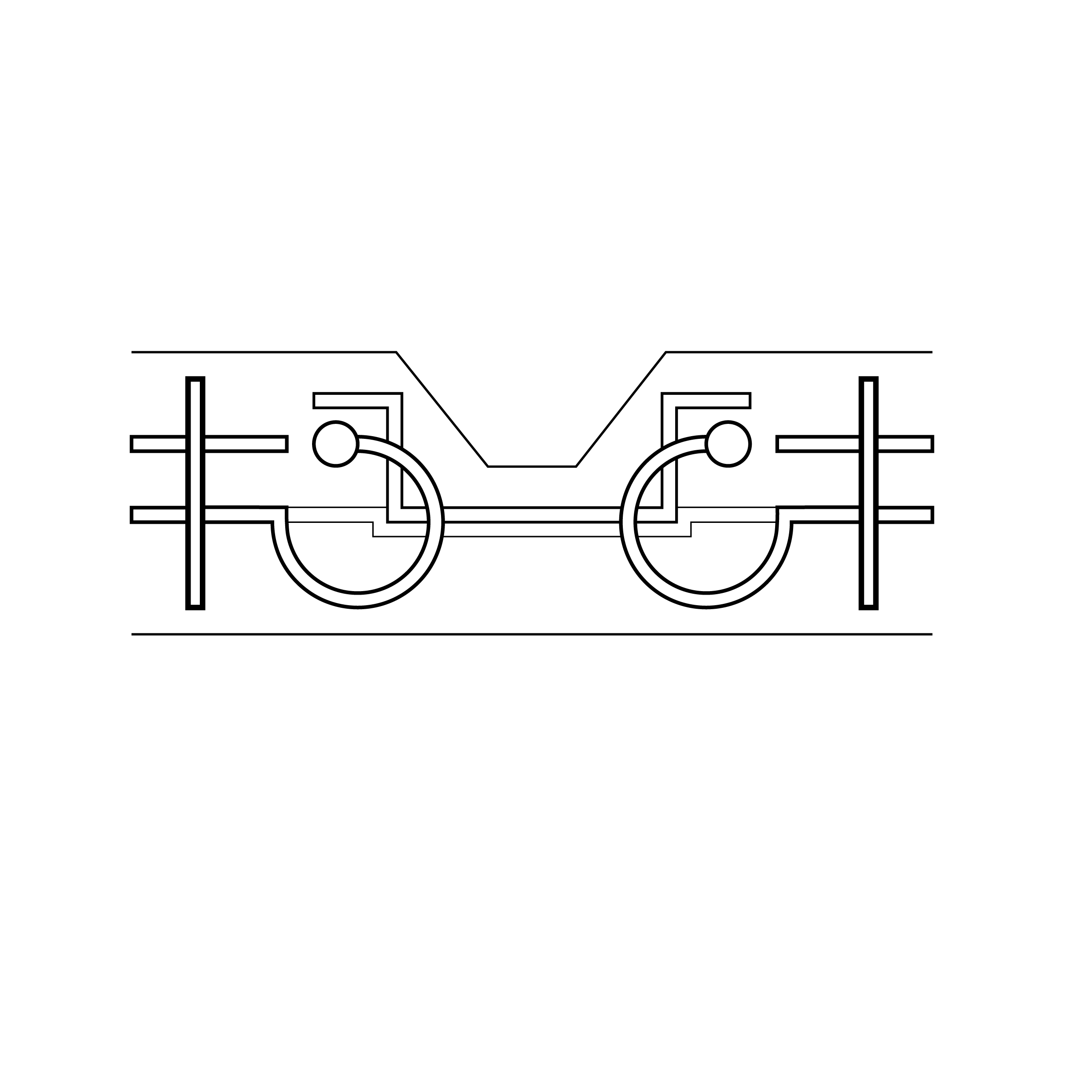
Relief or Embedded Ornamentation
Shallow relief work out of cement is often spotted adding ornamentation in the form of geometrical / Indian art deco influenced patterns on the facade of Art Deco style buildings
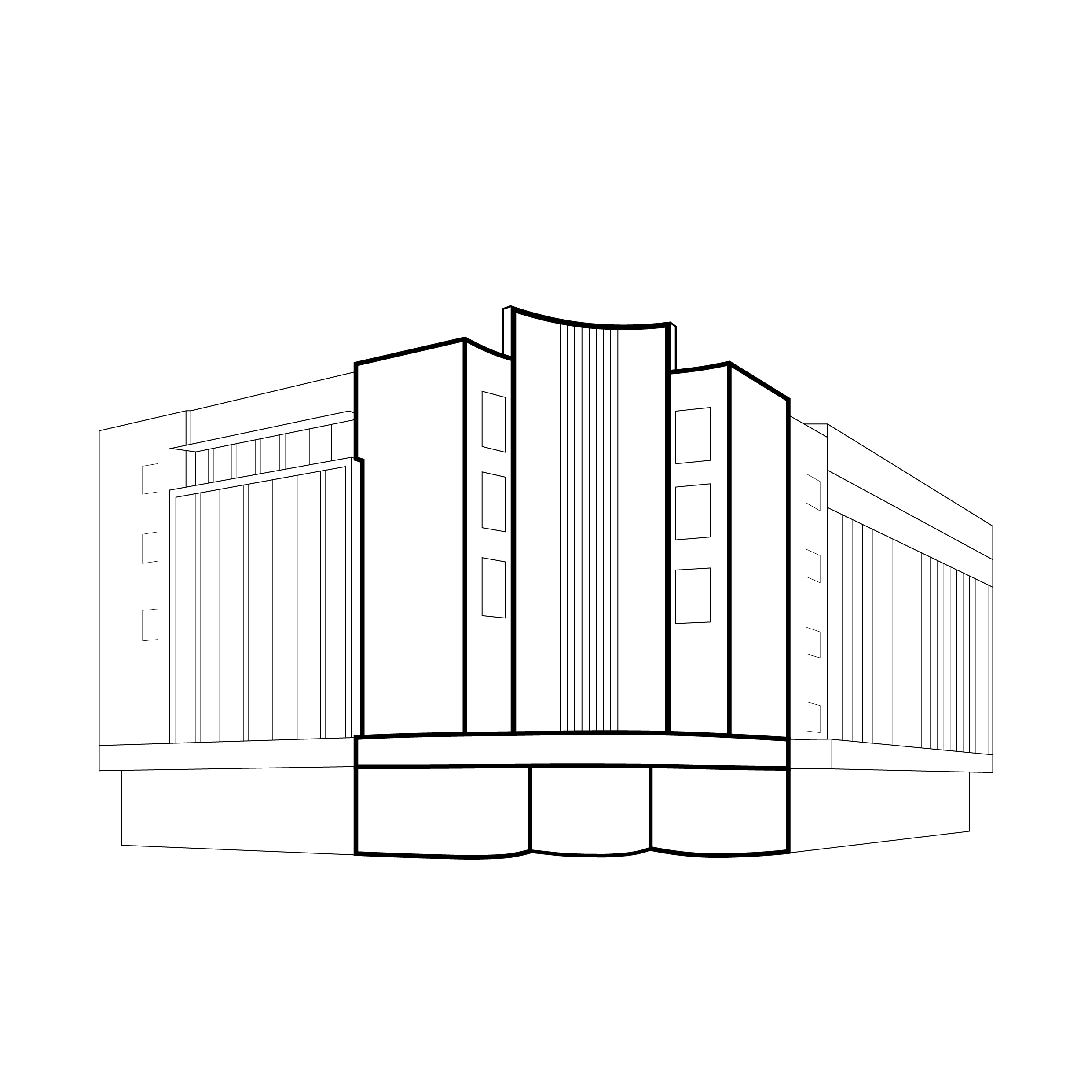
Tripartite Facade
An architectural typology where the axis at the corner is often concave or faceted and treated like the entrance bay, with side wings often detailed with eyebrows, horizontal speedlines / vertical louvres
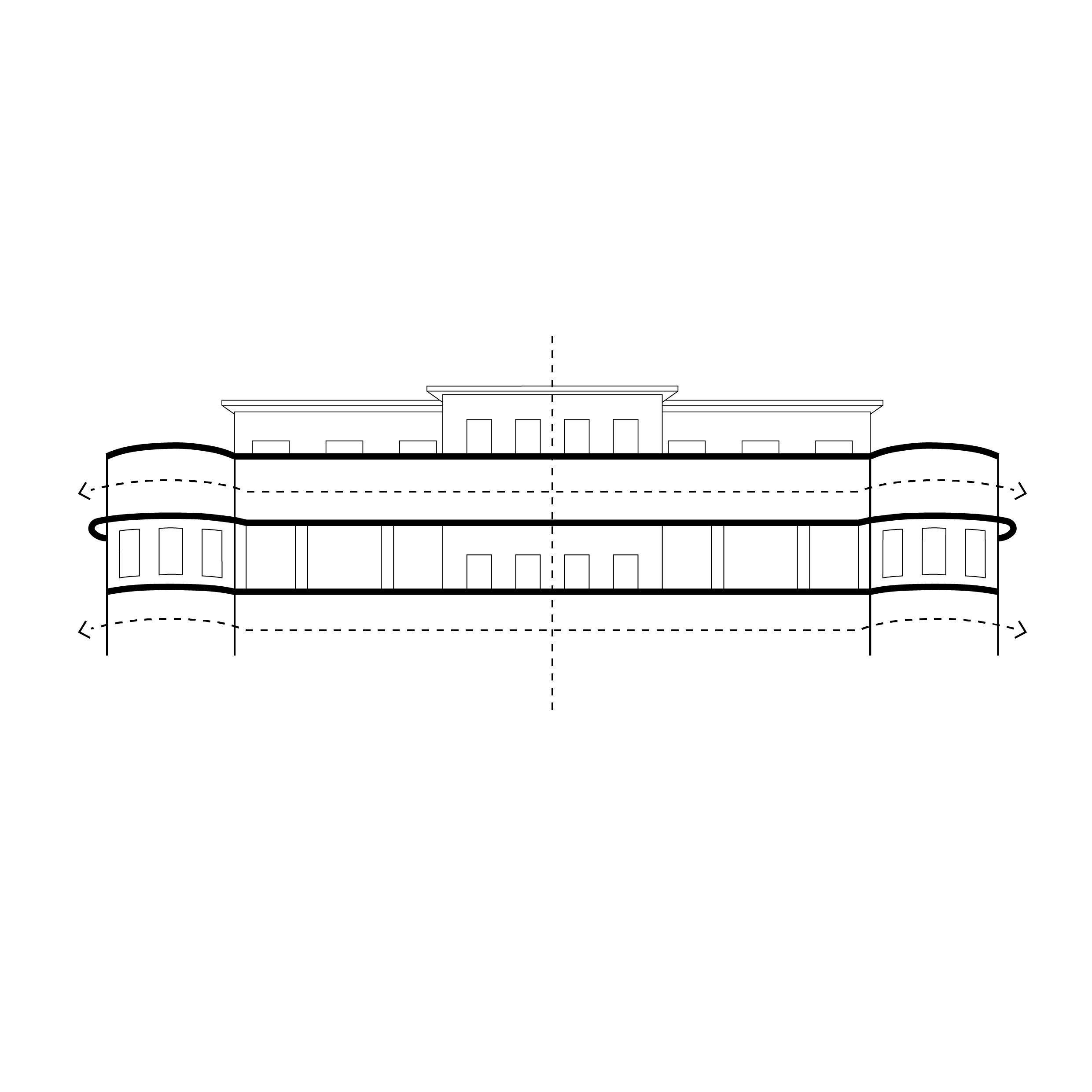
Streamlined Profile
Emphasis is laid on horizontal wings of the buildings through features like eyebrows, continuous overhang. Building edges often have mirrored curved circular towers encompassing staircases in them
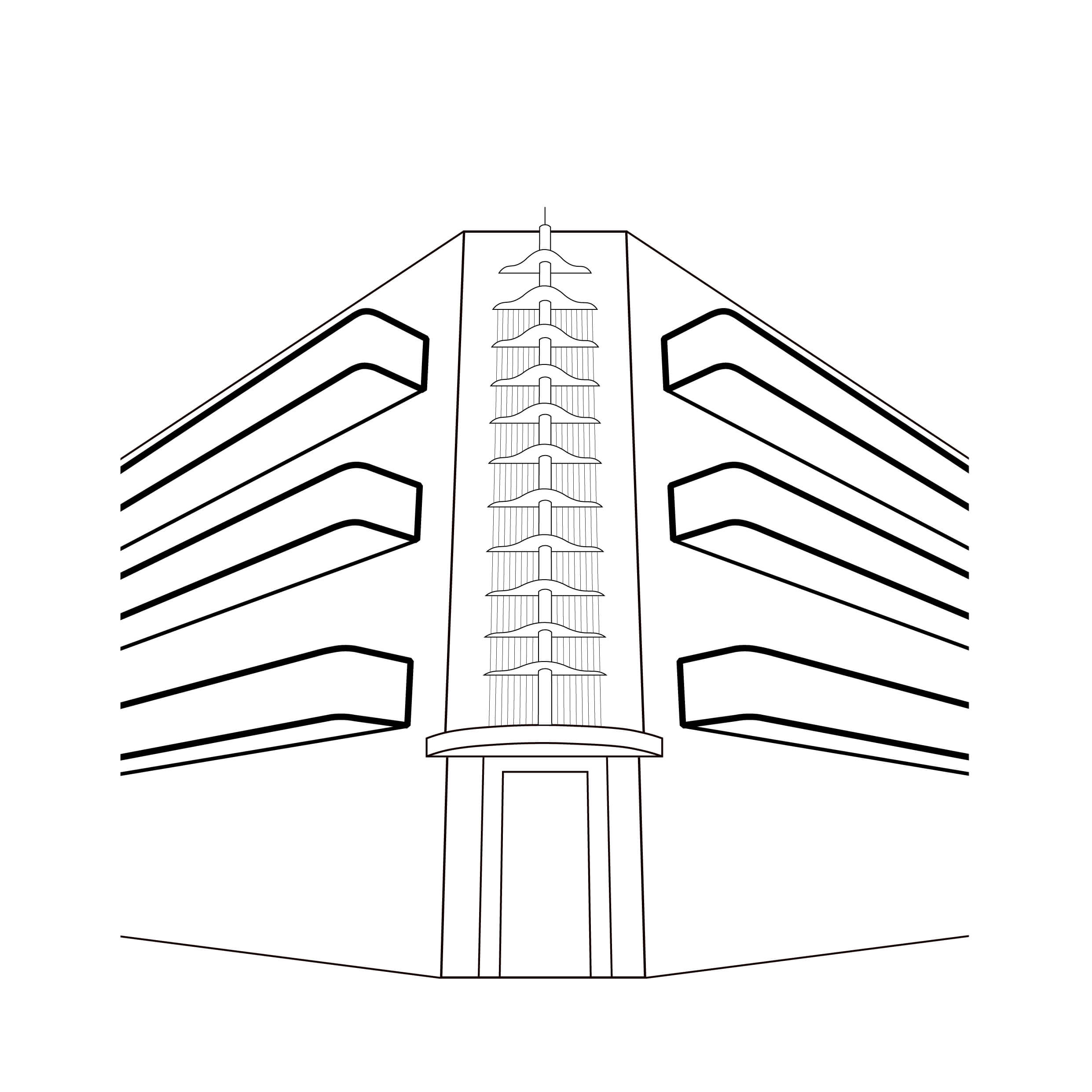
Balance of Horizontal and Vertical
Examples bearing features that promote both vertical and horizontal elements
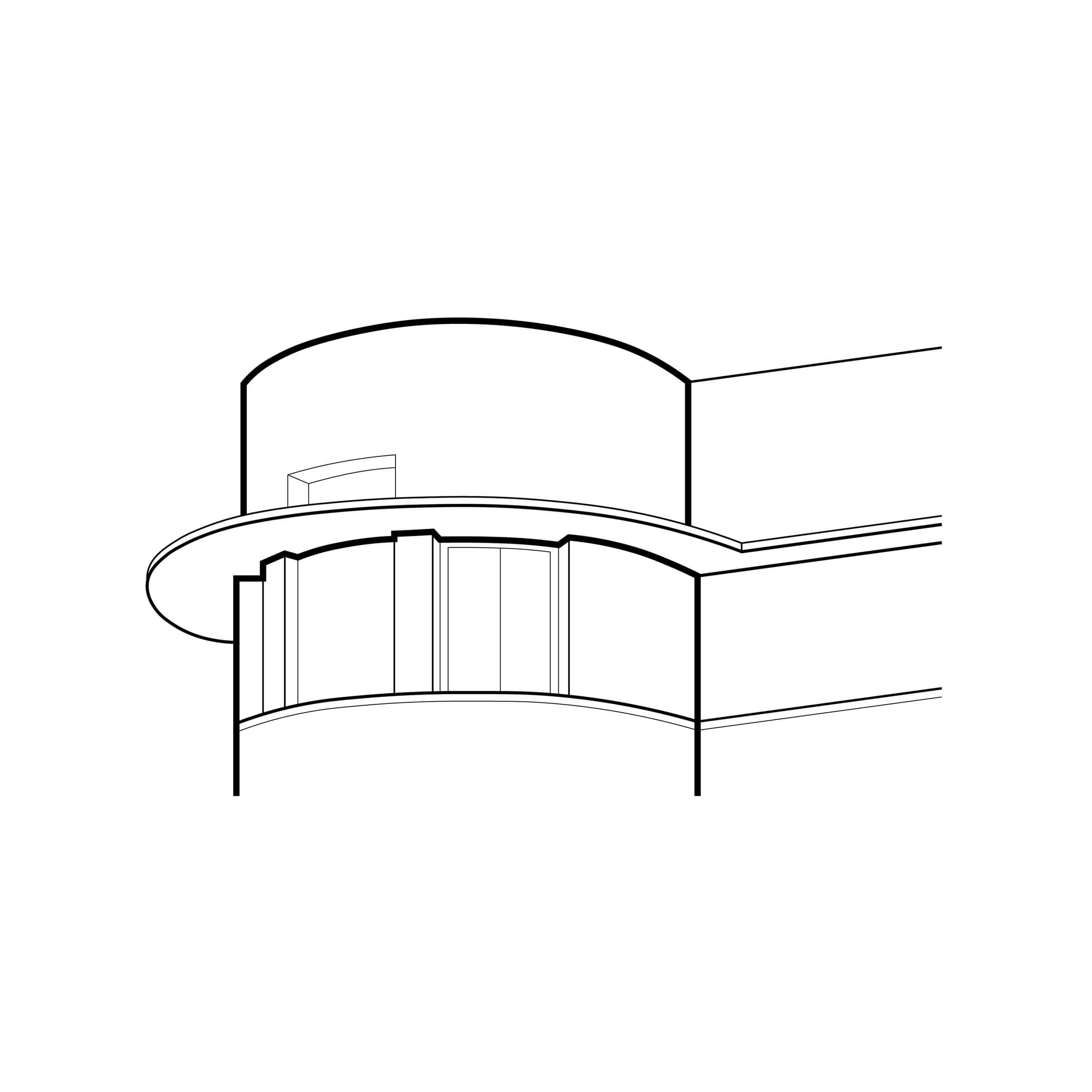
Circular Bulging Towers
A tower, rounded or completely circular, situated at the central axis or jutting out of the edge of the building to create a visual emphasis on the facade, a common feature seen in buildings inspired from Streamline Moderne
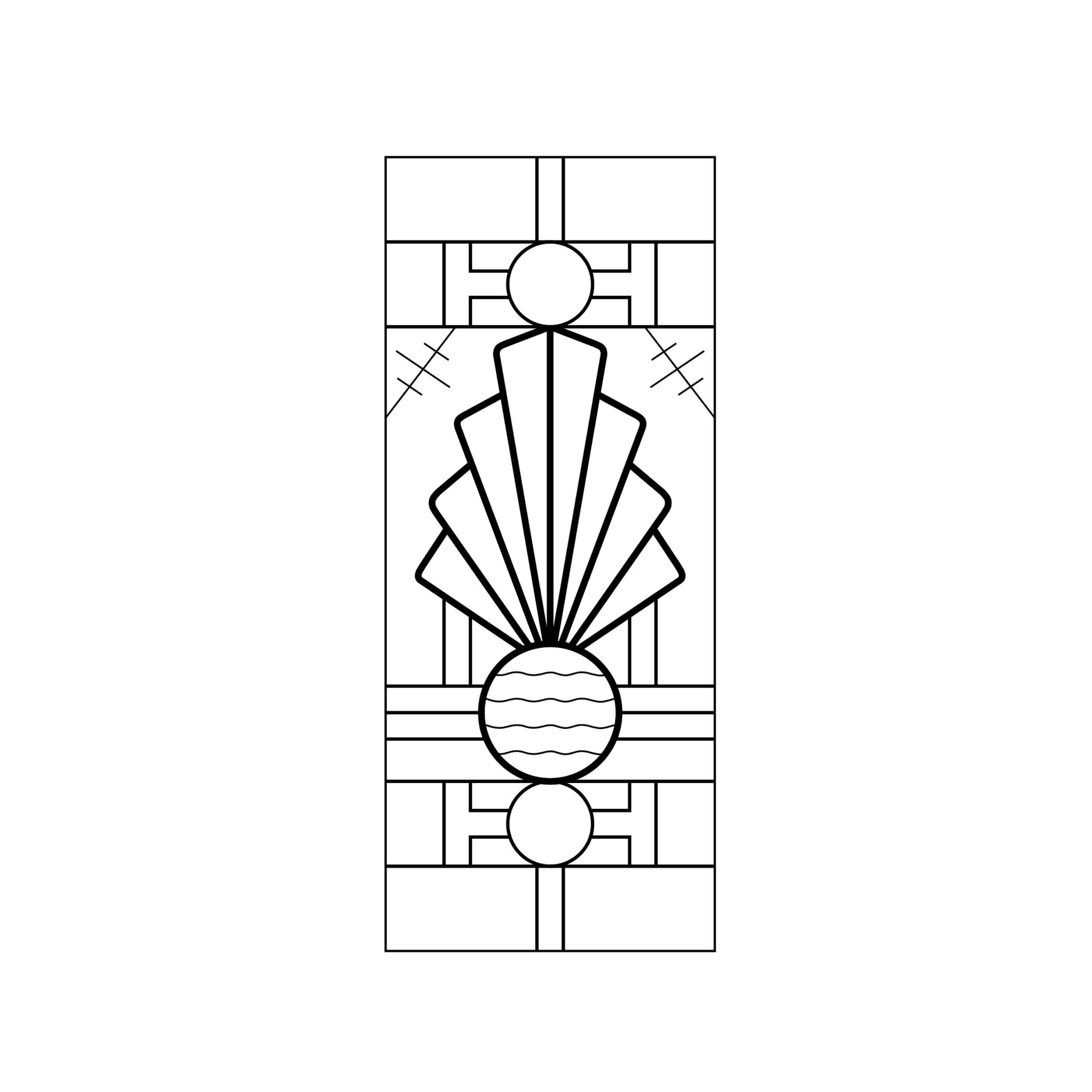
Window Grills
Often seen casted in cement / metal are Jaalis (patterned perforations) with motifs and symbols, such as sun burst, swan or name initials of owners, adding to the ornamentation of the buildings.
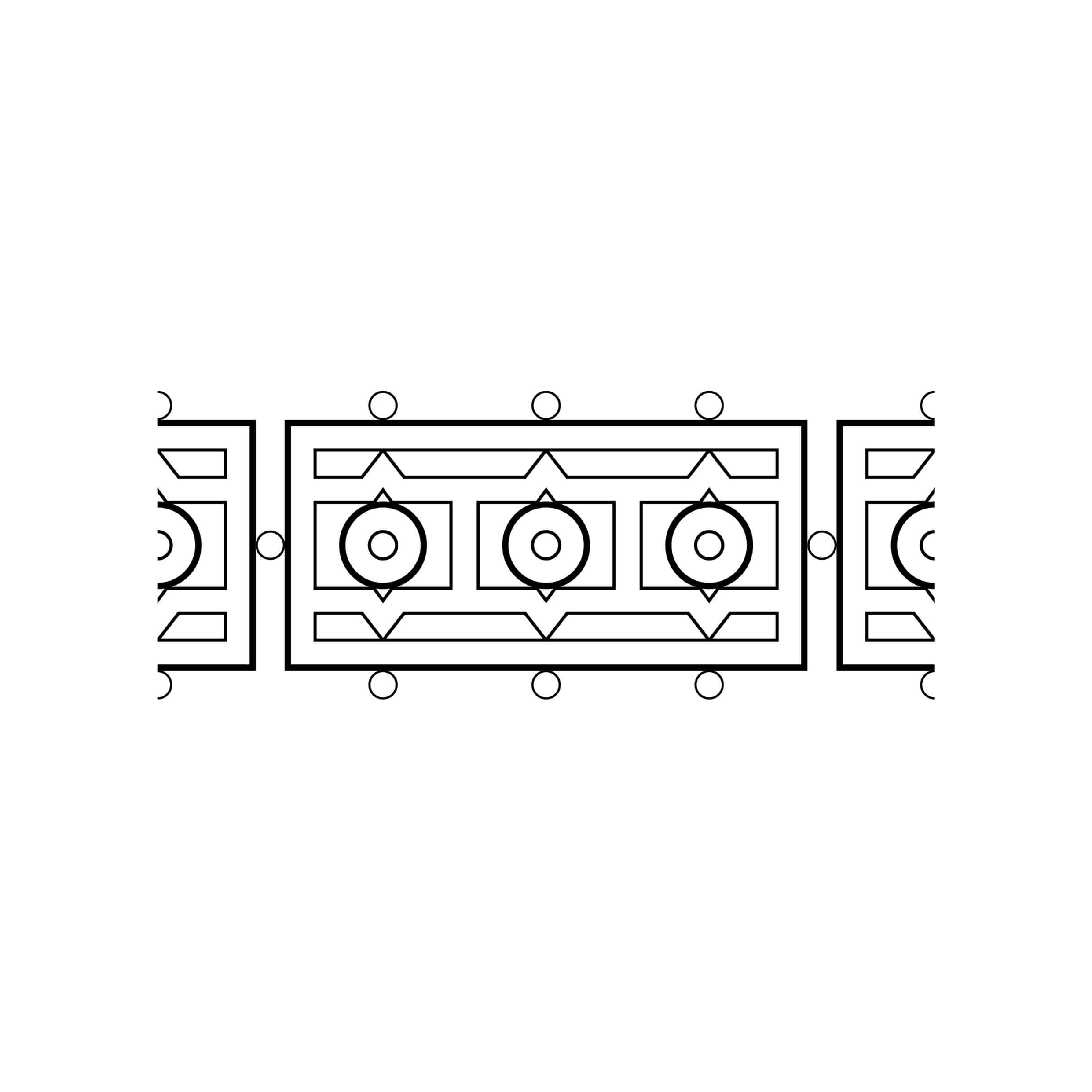
Balcony Grills
Often seen casted in cement / metal are Jaalis (patterned perforations) with motifs and symbols, such as sun burst, swan or name initials of owners, adding to the ornamentation of the buildings.
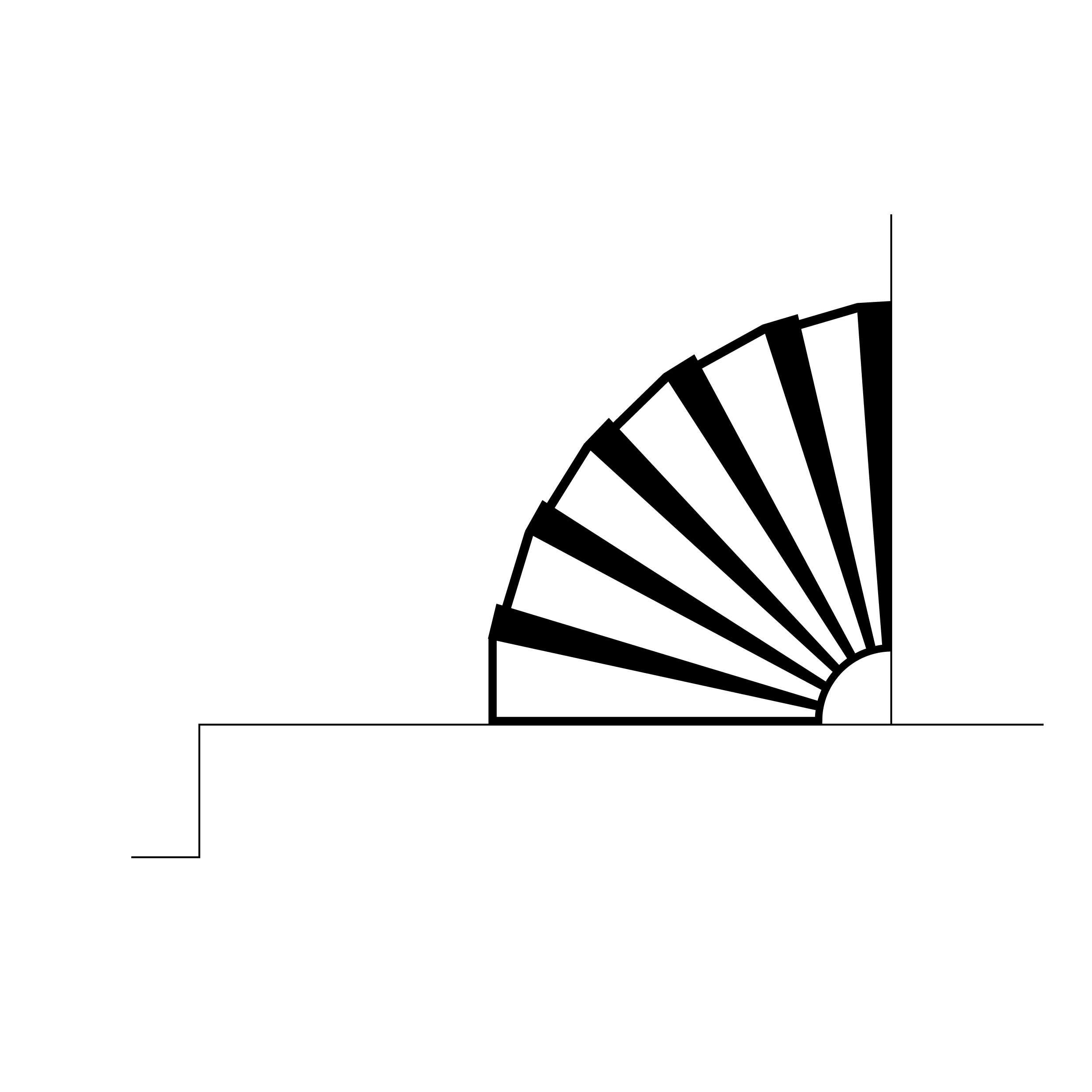
Sunburst Reliefs
Abstractions or literal translation of sunburst or sun rays. Inspired from nature and also relating to religious symbols. The sunburst forms the most common pattern to be observed in buildings.
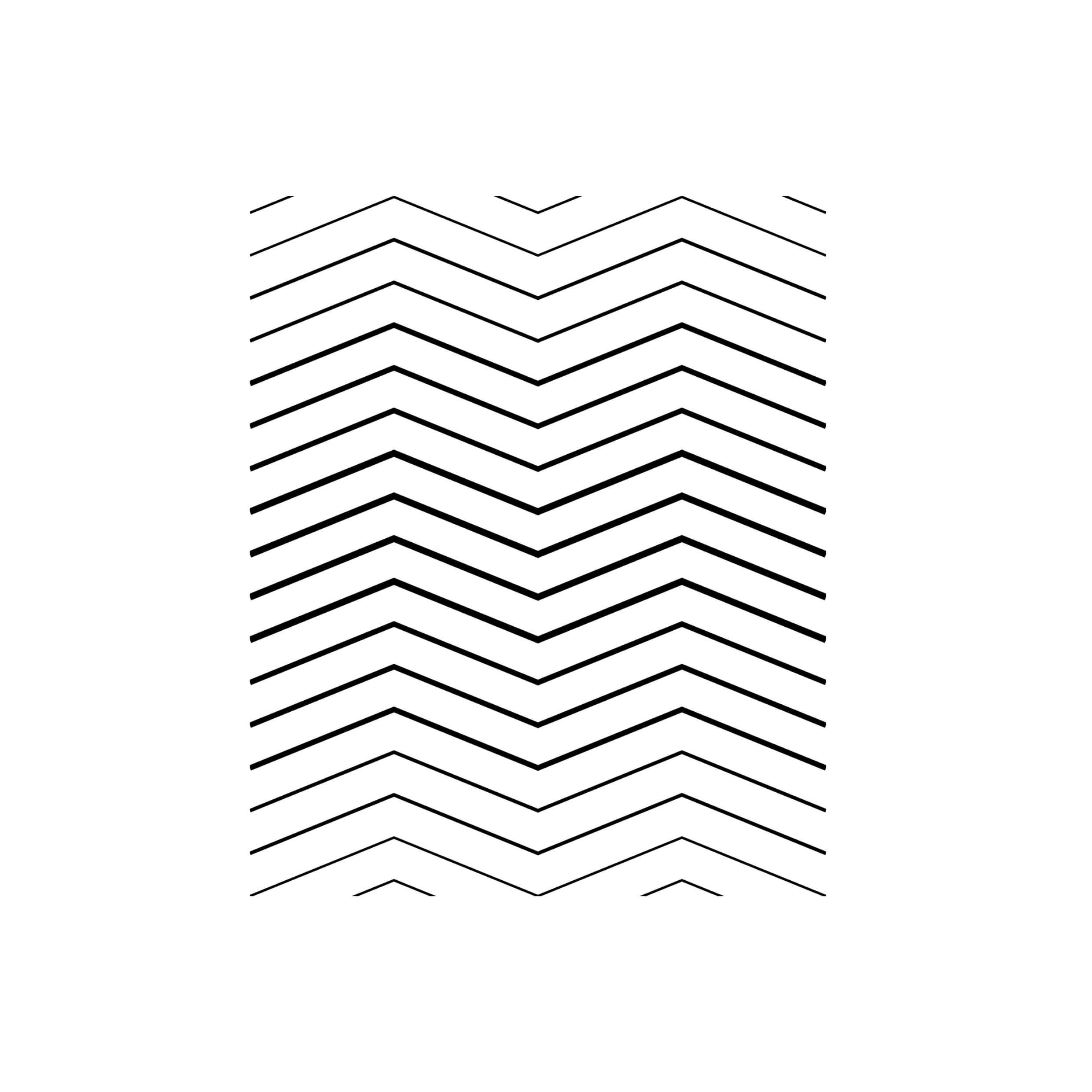
Chevrons
Repeating triangles or Inverted V’s like pattern, one of the most popular Art Deco motifs.

Typography
Signages integrated in the building facade. Sometimes lit differently and exaggerated in scale. Typically for cinemas and hotels, letters will be pasted on top of the facade, while in residences, terrazzo work generally helped integrate the text to the artwork, found over entrances.
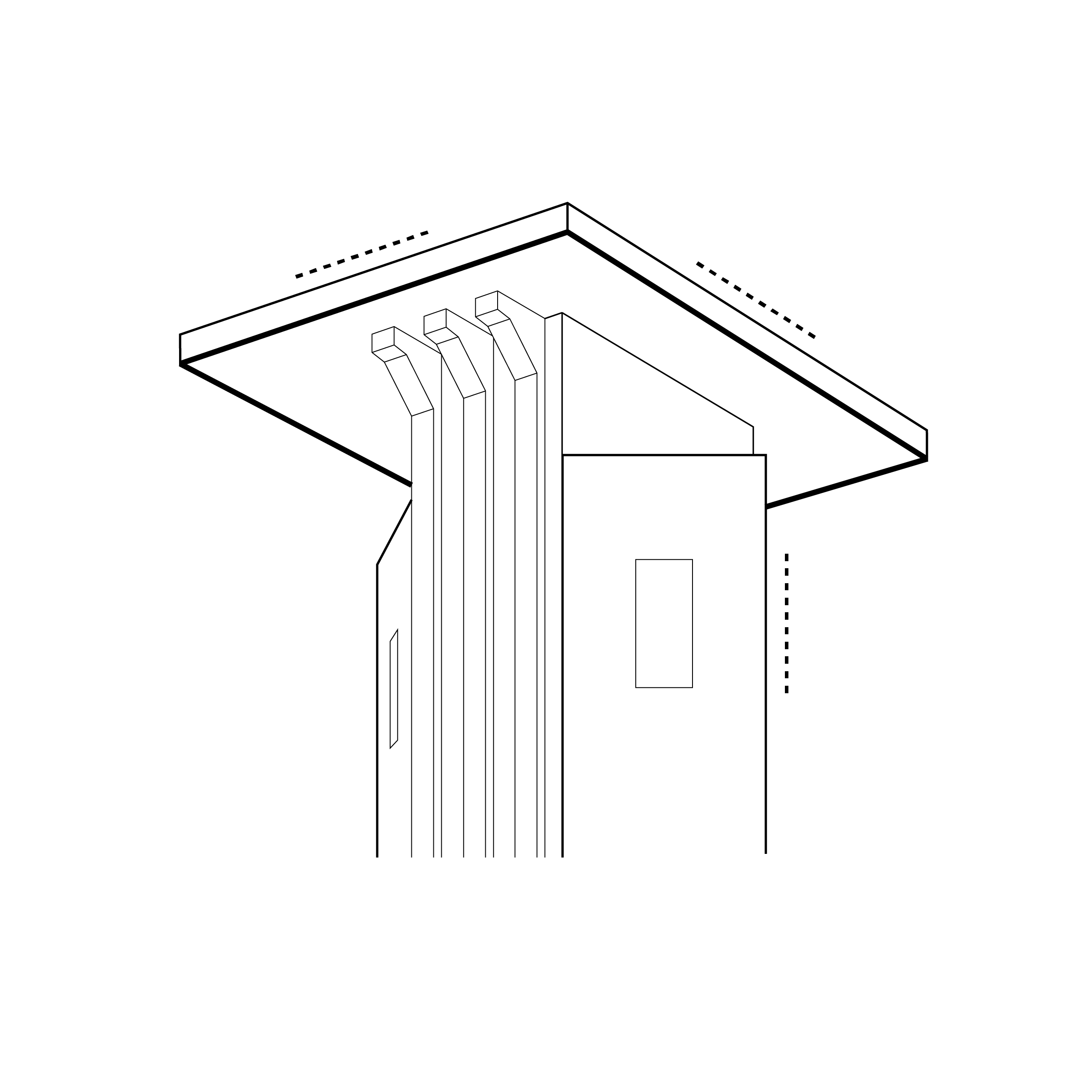
Square Flat Roof Projection
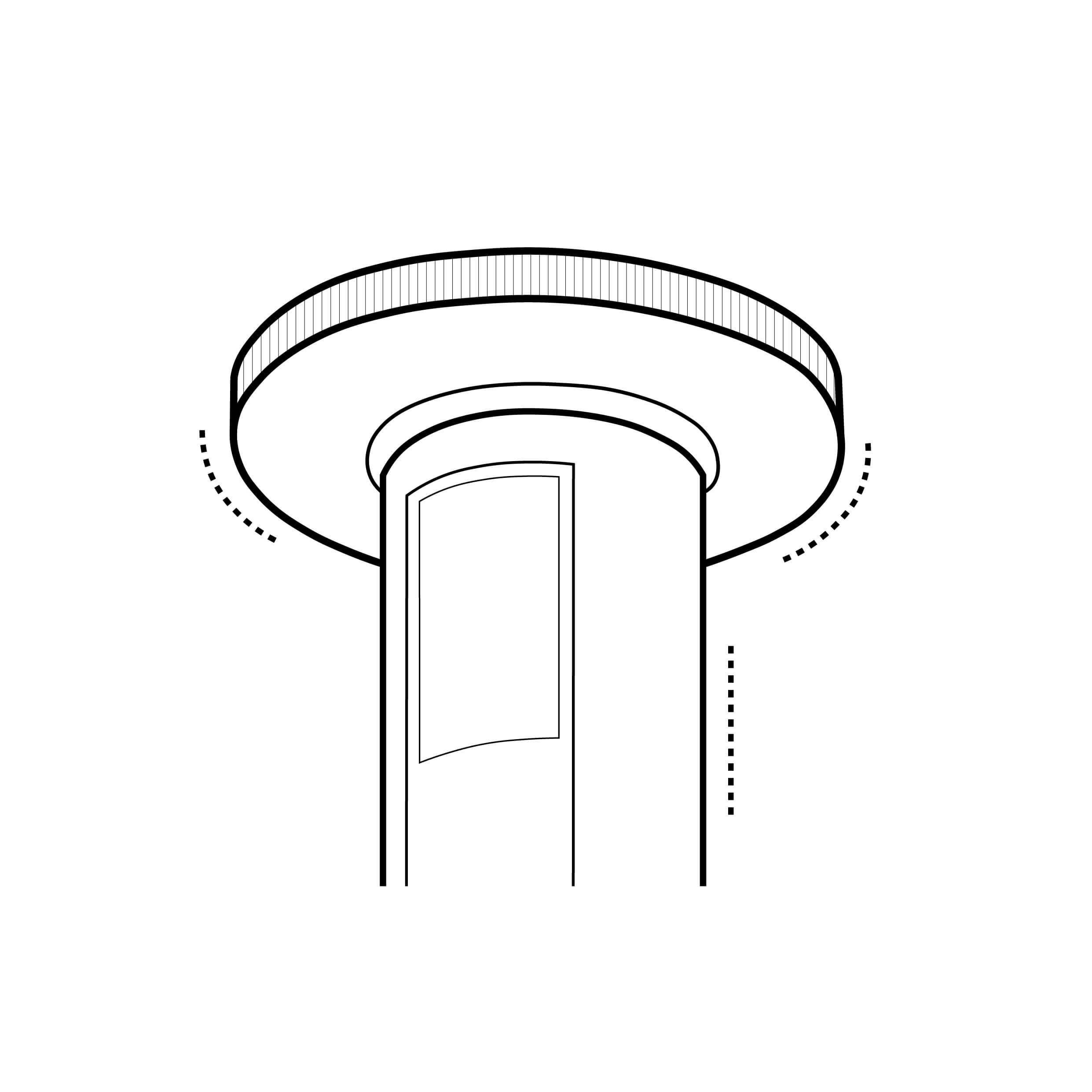
Circular Flat Roof Projection
A square or rounded part roof projection over the highest part of the building, in case mumpties or central tower. They add emphasis to the towering part and an ornamented visual feature of Art Deco buildings.
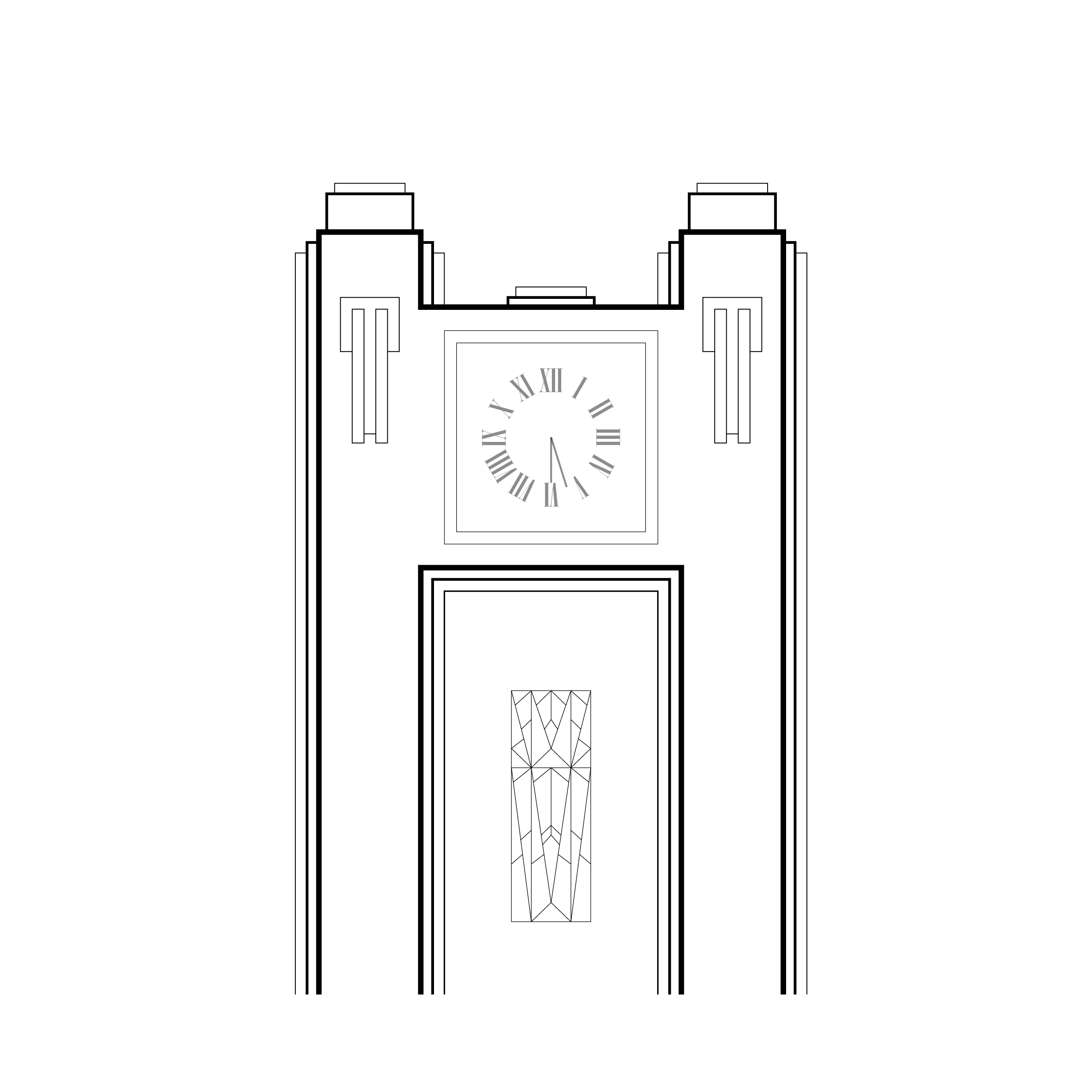
Recessed Tower Profile
Recess in the surface of the facade to create a stepping pattern in the mass, like setbacks. The profile then responded to the ziggurat format. Ornamentation like bandings, flutes, reeds and motifs would often highlight the profile, in addition to the recesses.
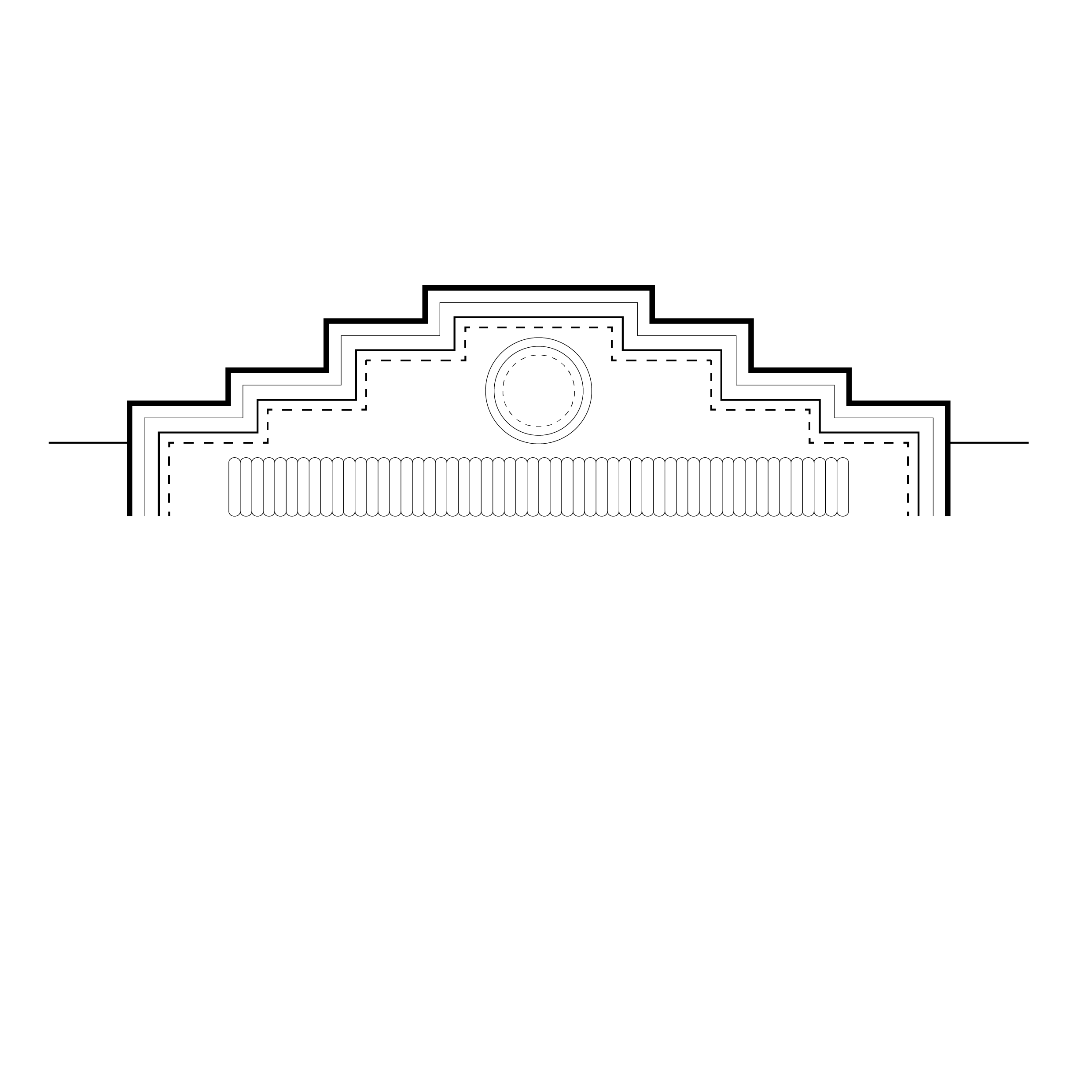
Stepped Roof Profile
Roof outlines adhering to a stepped profile, corresponding to the mass of the building. Often seen as stepped, the highest elevation being in the centre and tapering to the outsides.
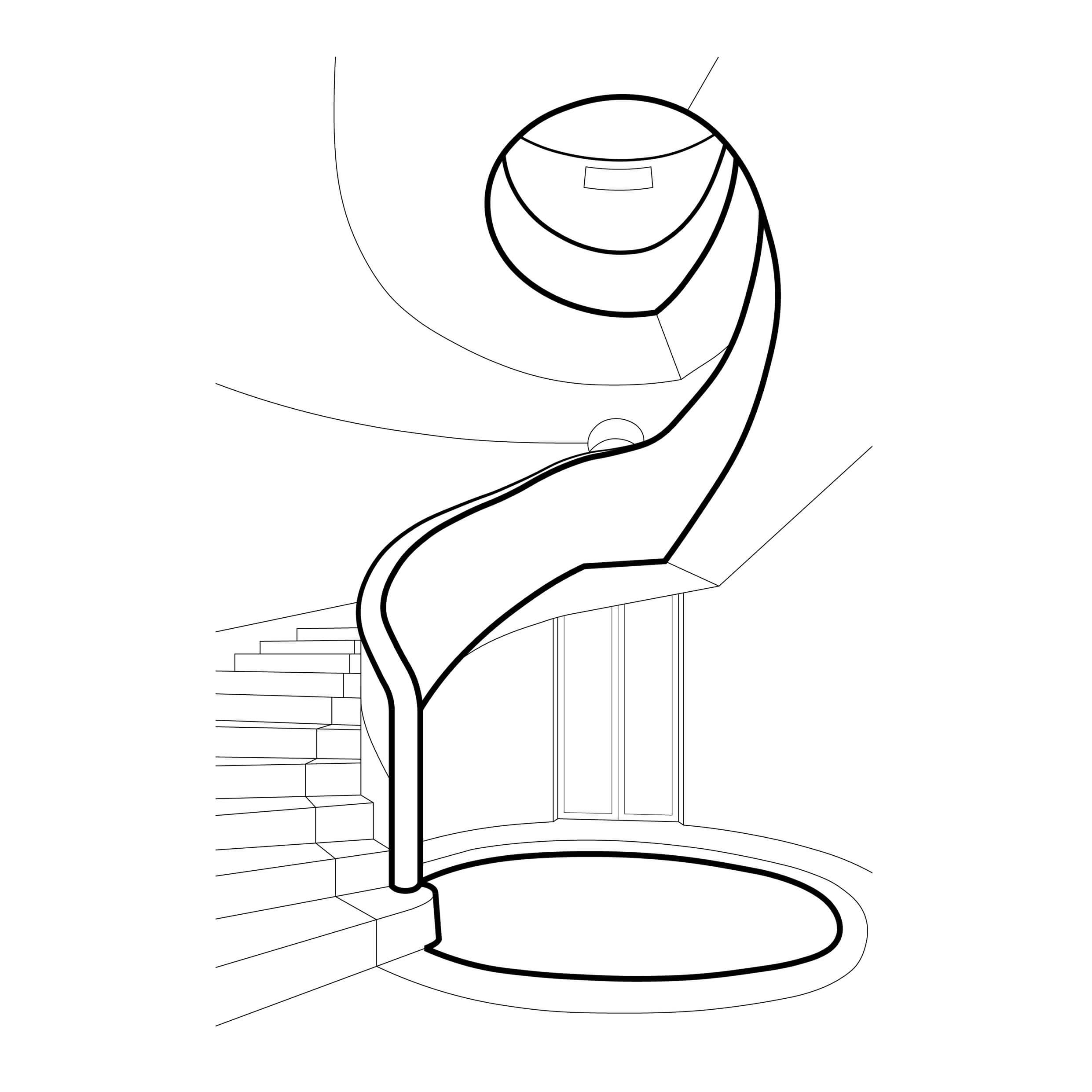
Staircase Design
Staircases under Art Deco showcase simple clean flights, soffits which smoothly curved towards the subsequent floor. Often seen as spirals, they form a pivotal space in the buildings. Instead of balusters, brick blocking like parapets, were used to highlight the horizontality of the stairs.
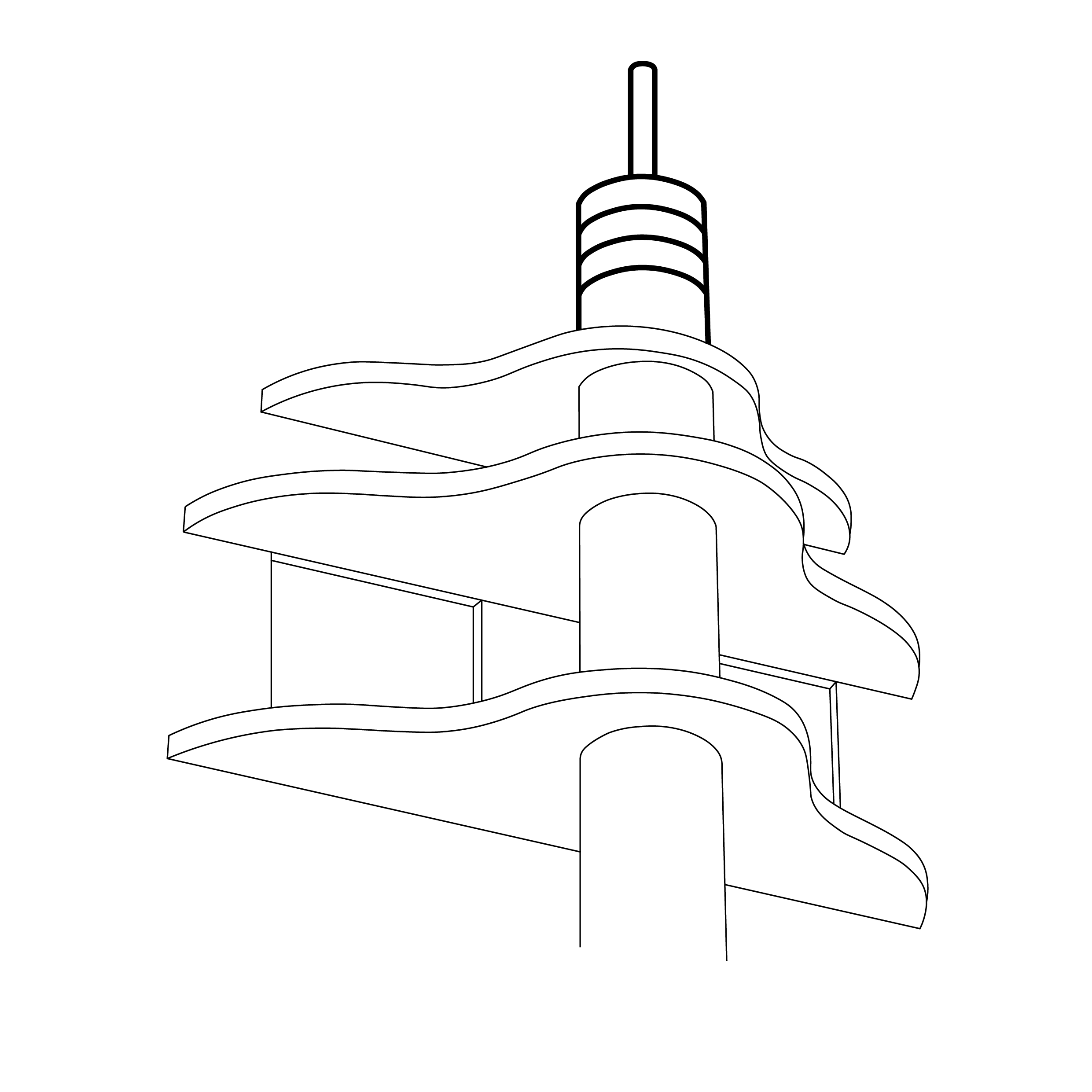
Finials
Pointed endings of pillars tapering towards the top
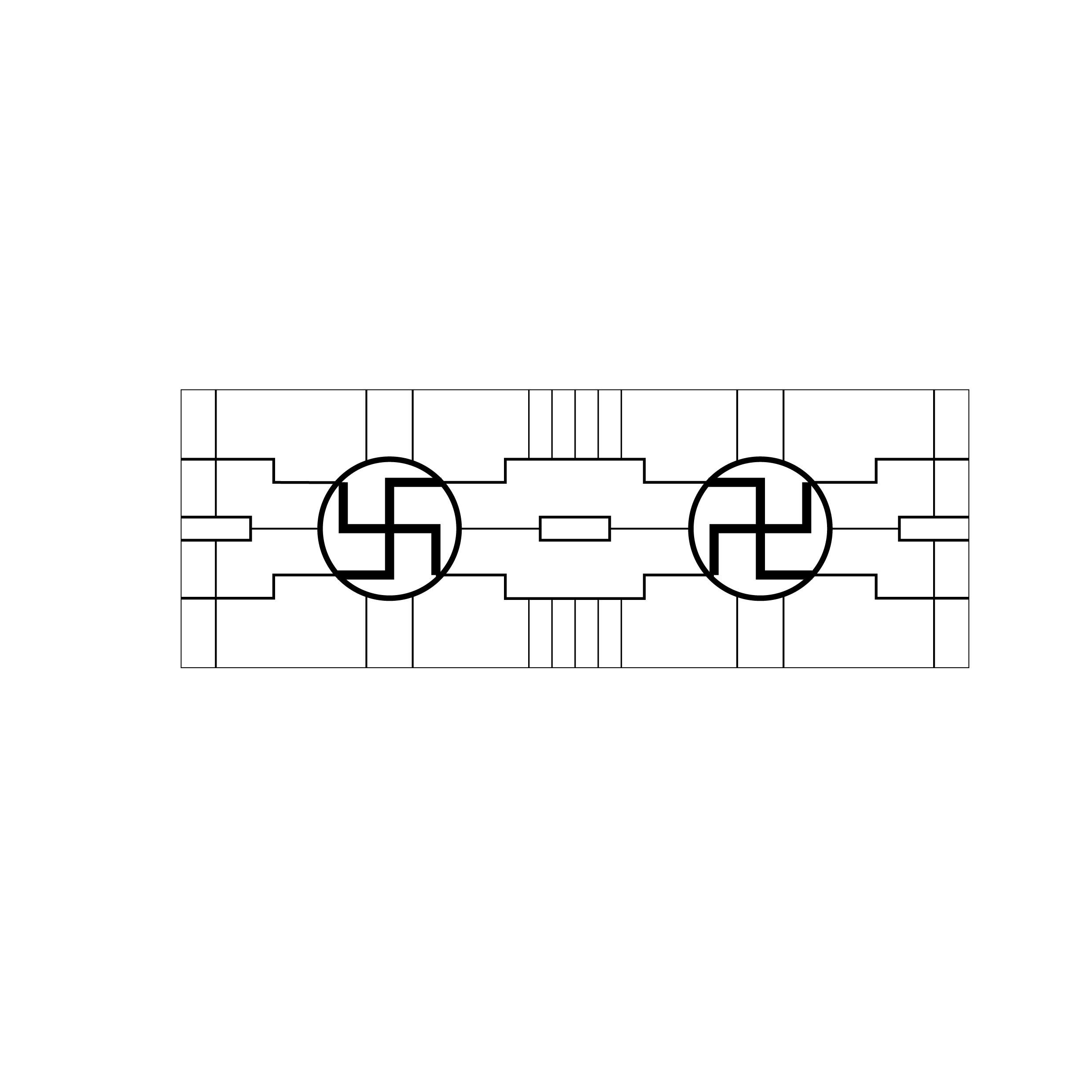
Integration of Religious Symbols
Religious symbols such as Om and Swastika, embedded within the Art Deco iconography can be spotted across facades, window grills or inlaid in terrazo patterns at entrances or walls.
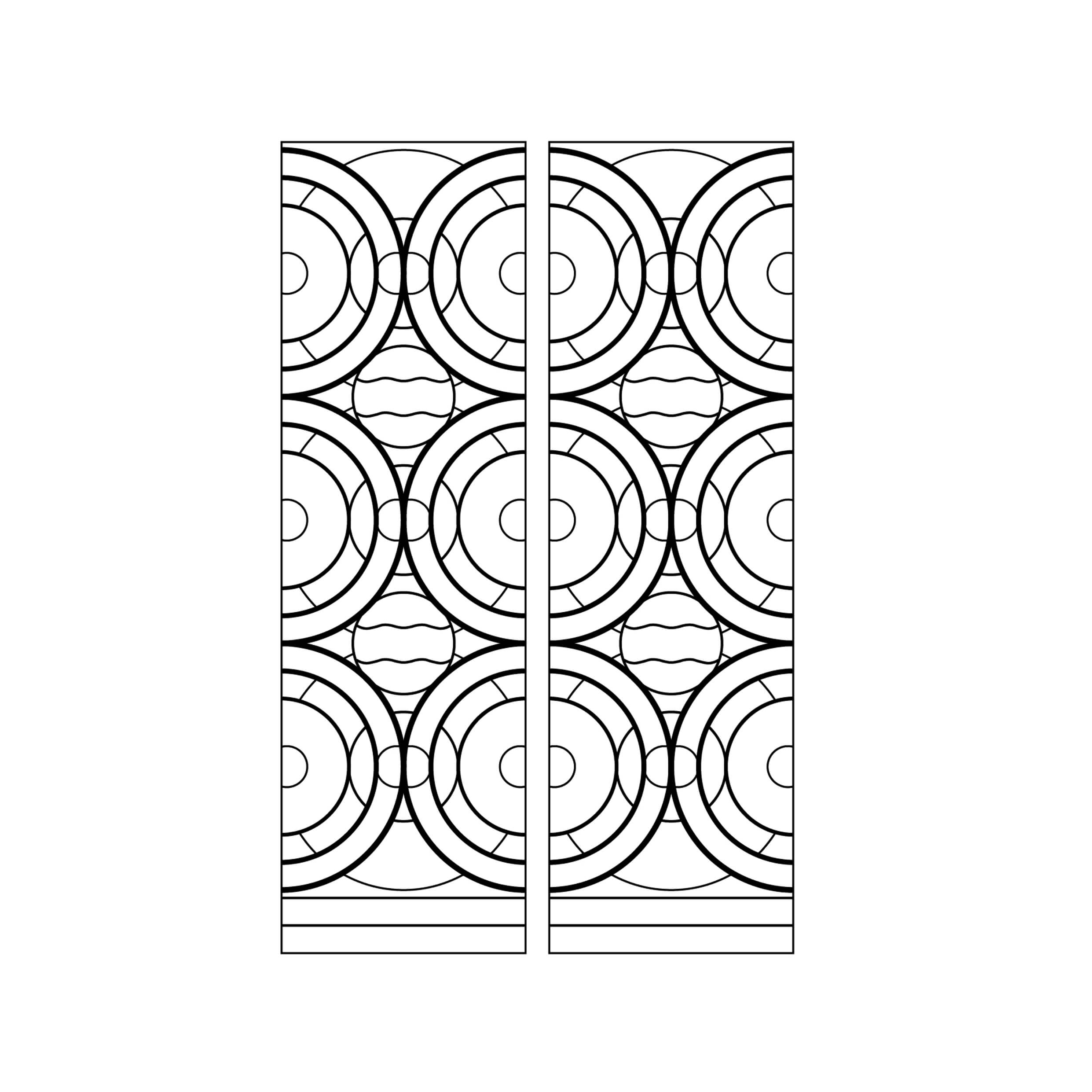
Entrance Gate Grills
Often seen casted in metal are entrance gate grills with geometrical / tropical motifs and symbols or name initials of owners, adding to the ornamentation of the buildings
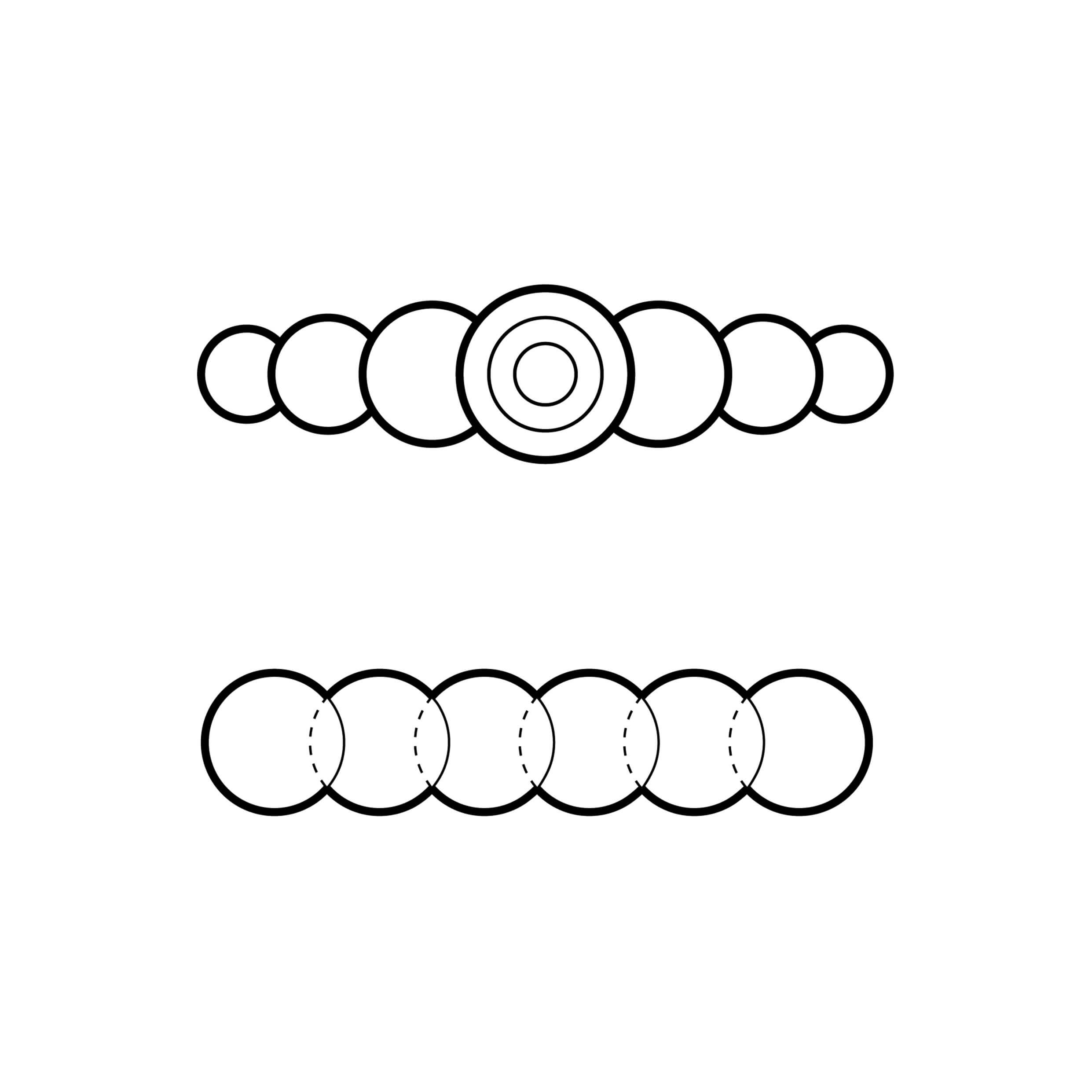
Overlapping Circles
Repeating circular geometries lined across vertical / horizontal bands
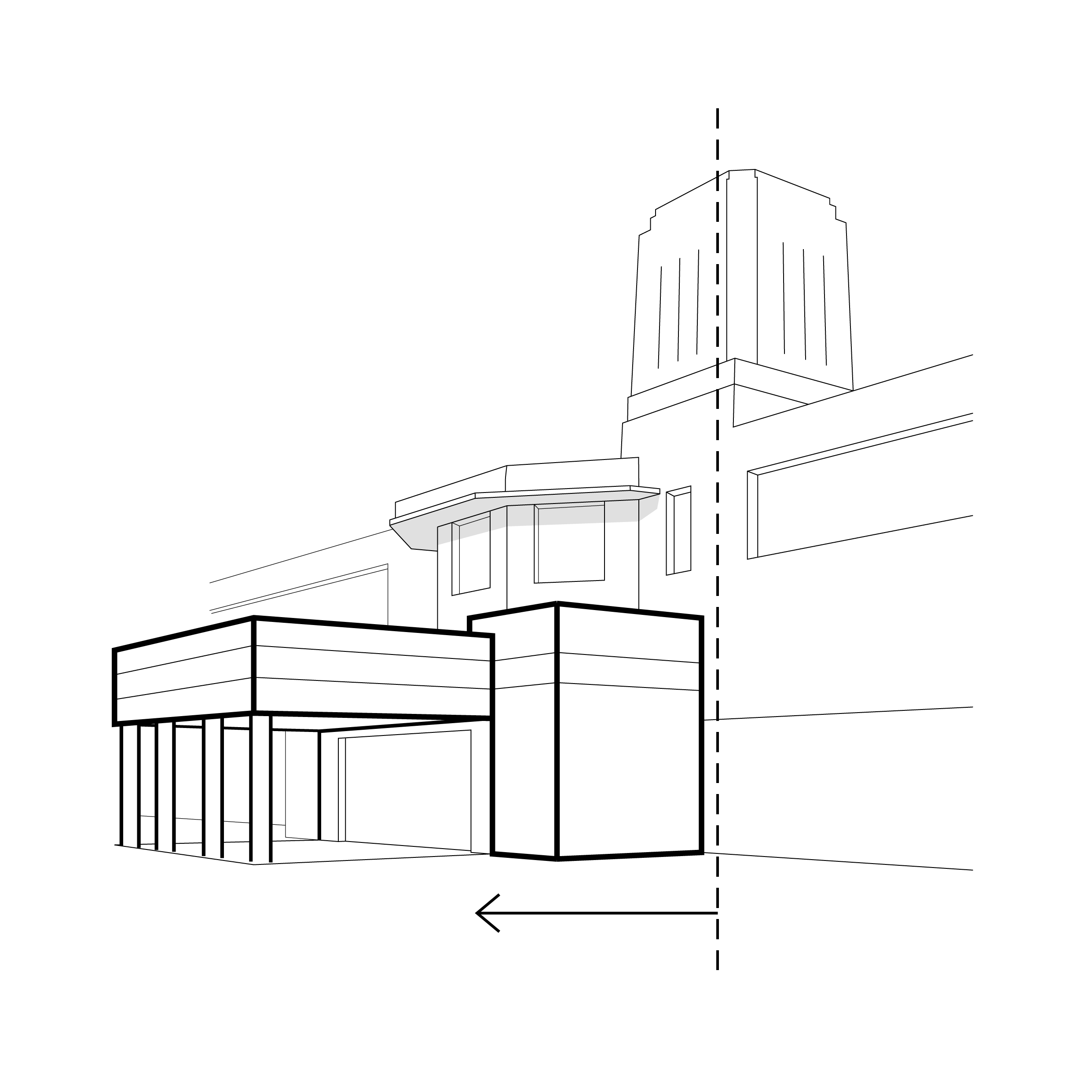
Extended Entrance Porch
Laying emphasis on the central or faceted axis: shown with either the main entrance porch jutting out completely, or accentuated with a longer cantilever, ornamental features, a use of different material or colour to differentiate it from the rest of the building.
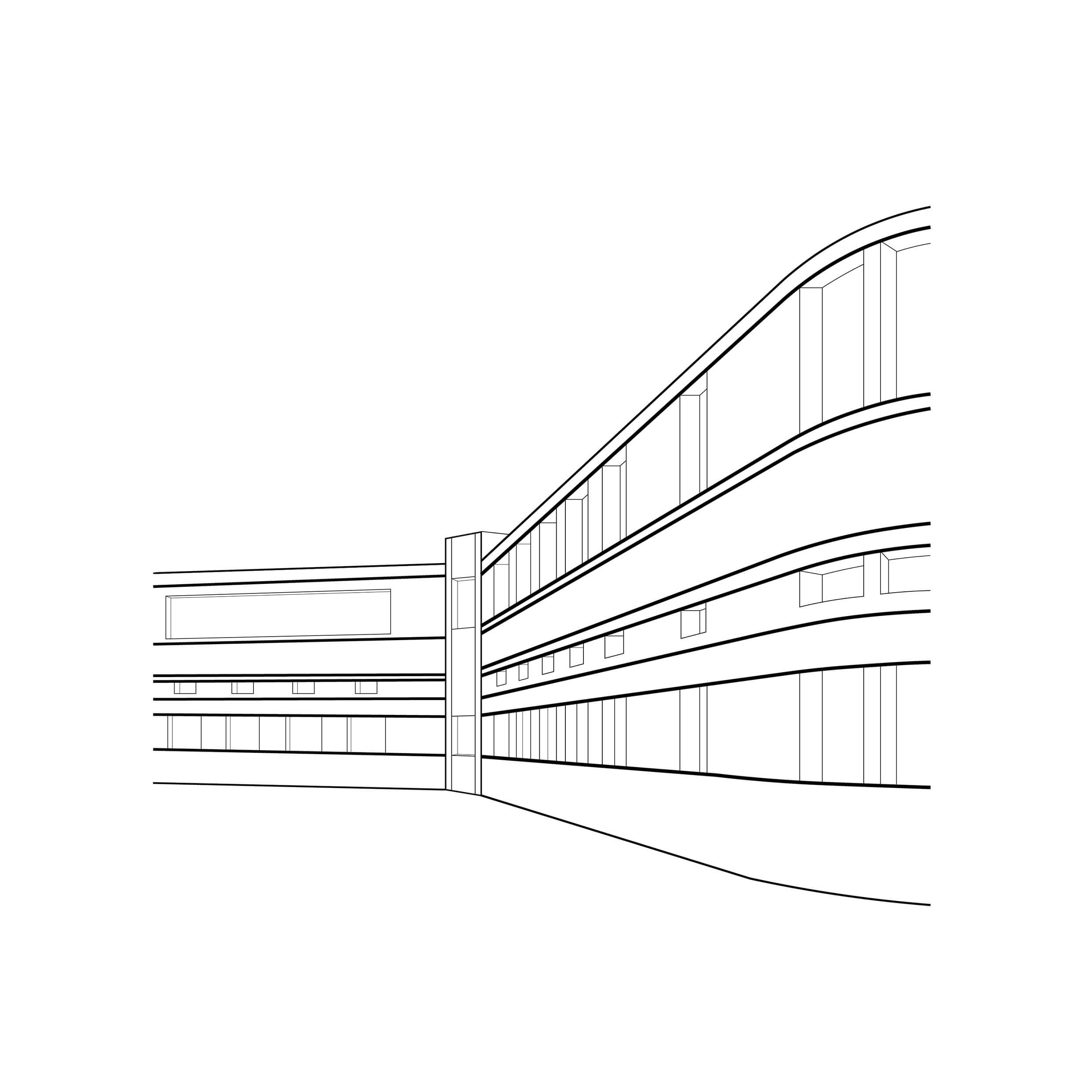
Speedlines
Bandings to accentuate the horizontality of surfaces. Added as a layer of ornamentation, they help highlight levels and break the proportion of an otherwise plain facade

Central Staircase Tower
A staircase tower, sometimes circular or helical, situated at the central axis of the building, often at the front, to create a visual emphasis on the facade and highlight the entrance tower. The towers are ornate with patterned jaalis and can show additional features such as bandings and flutes and an overhanging roof profile.
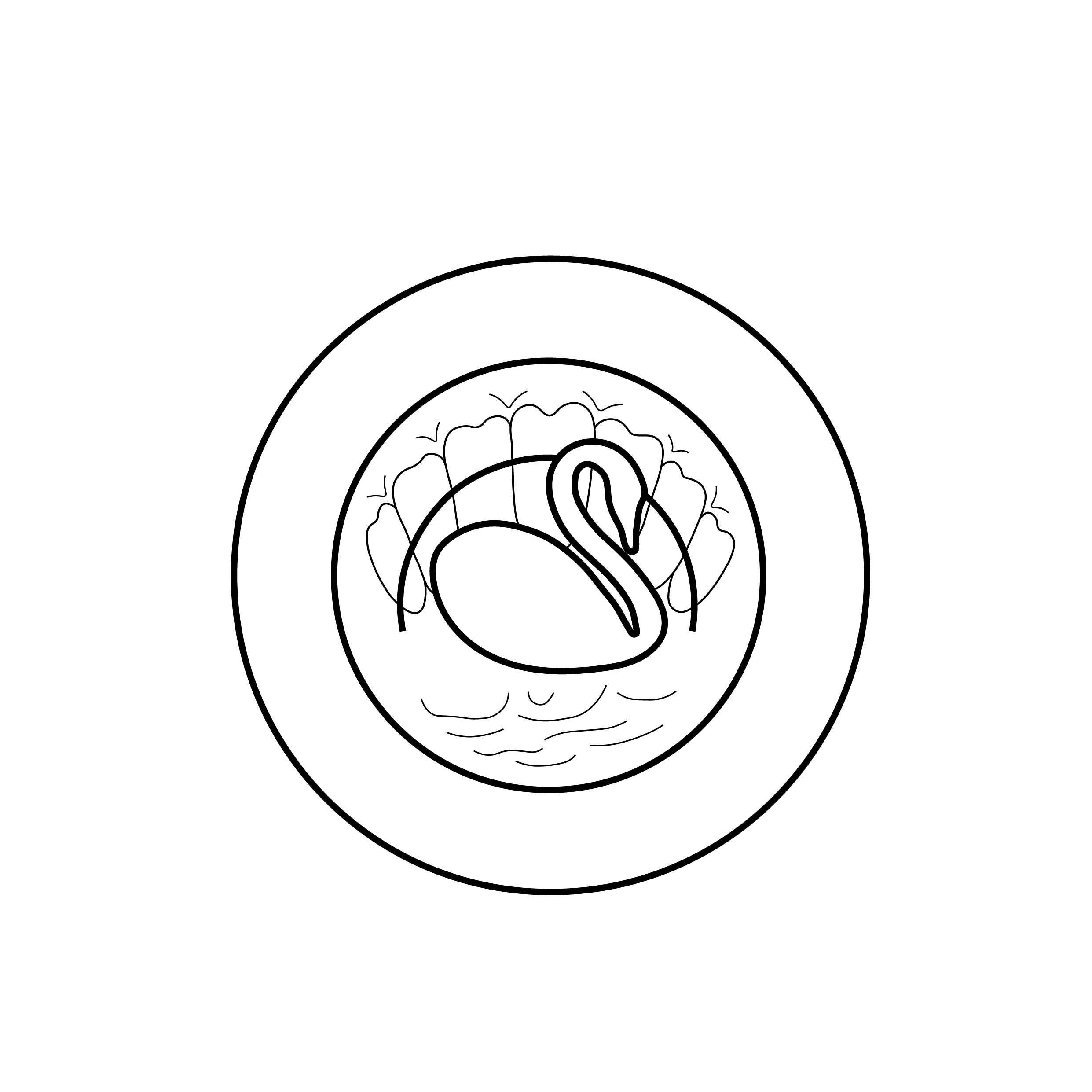
Porthole Windows
Circular windows evoked from nautical themes, signifying buildings as ocean liners. These windows may further possess a motif to form a ventilator.

Boundary Wall Profiles
Boundary wall profiles accentuated with the use of stepped recessed geometries in rectangular or curving forms detailed with flutes and ornamentation
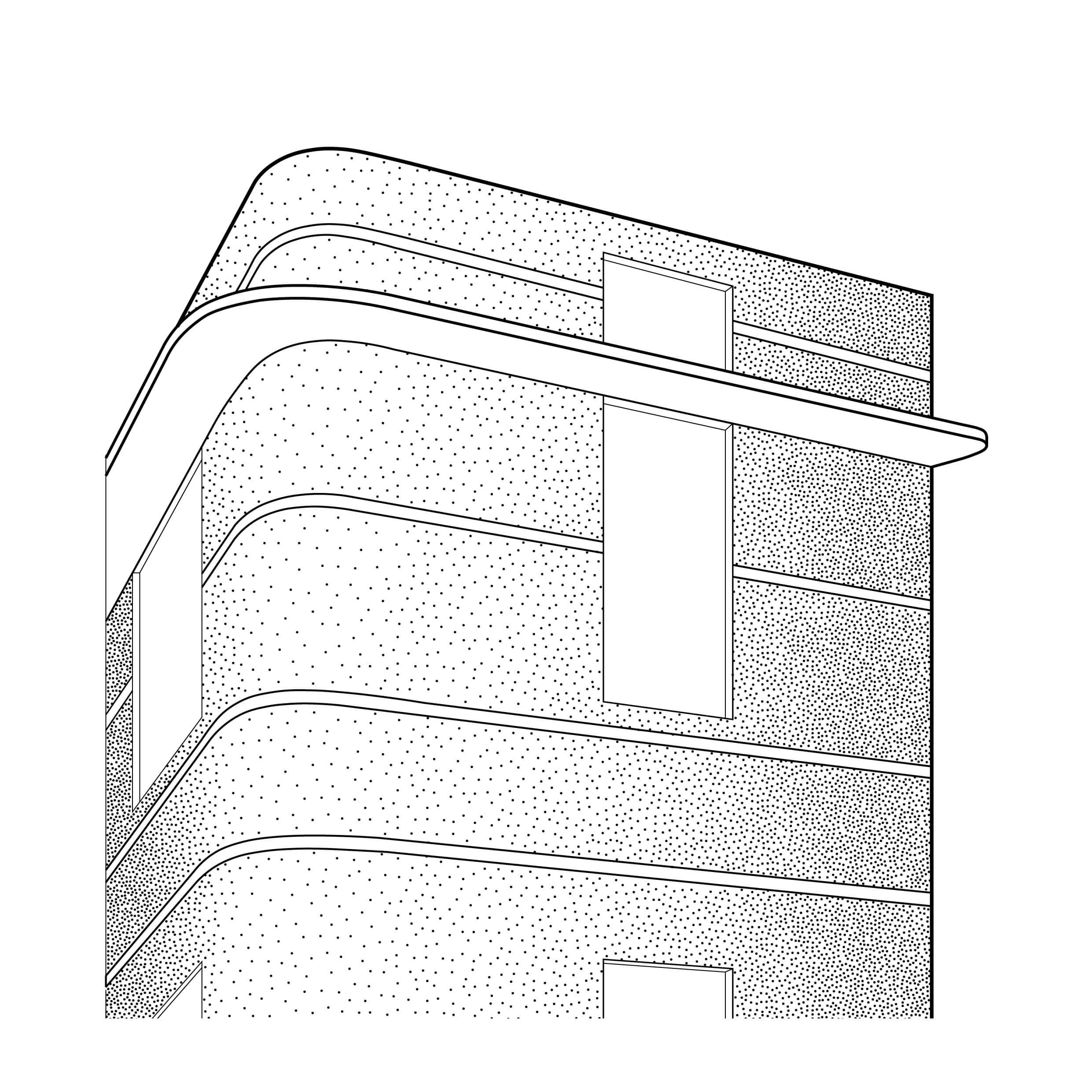
Smooth Cement Finish
Smooth plastered surfaces often with bandings or mouldings in plasterwork.
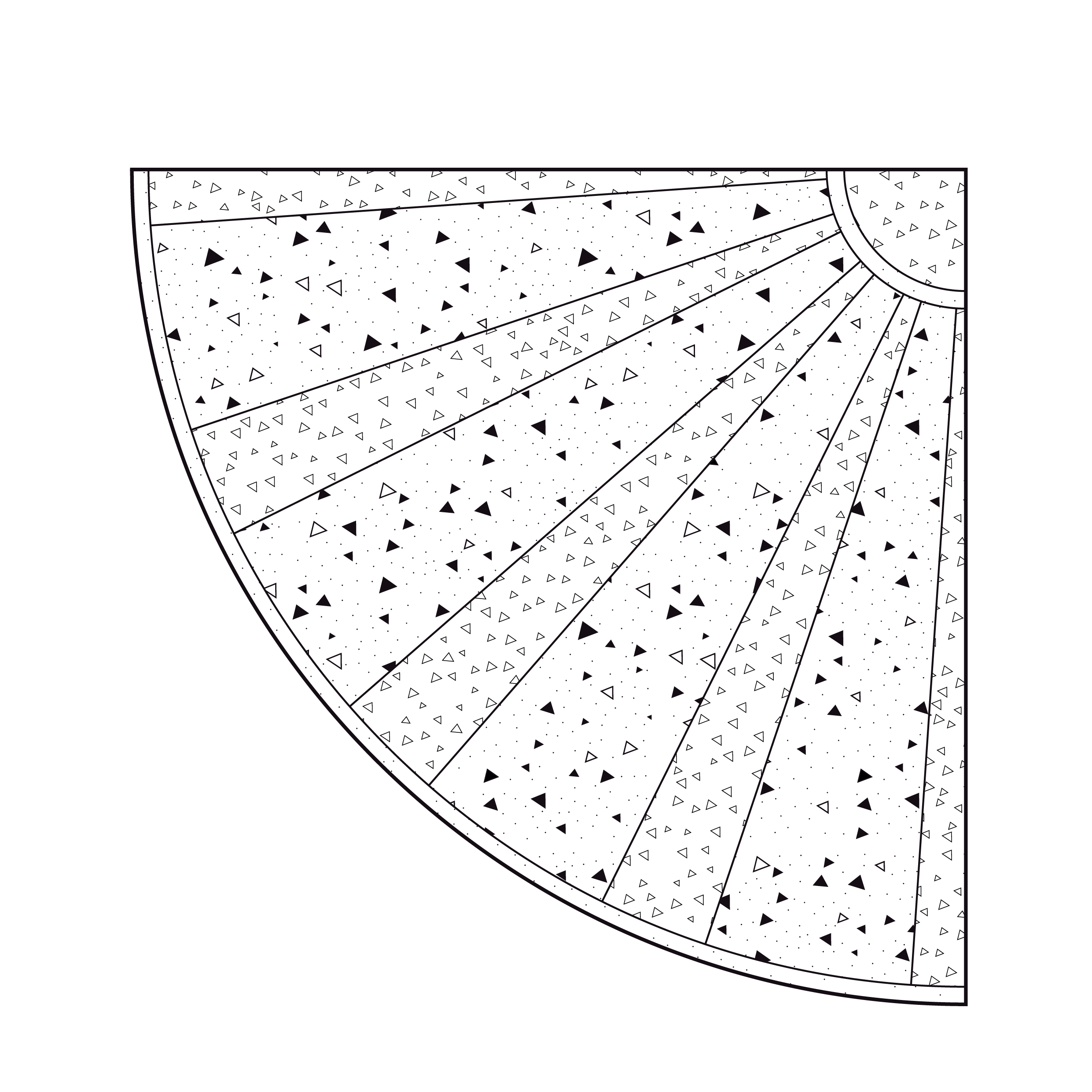
Terrazzo Finish
Mix of cement, colour and marble chips, a new material to express arts, colours in Art deco interiors and facades. Patterns could be carried out with ease in Terrazzo. Geometric patterns, motifs, animals and typography are commonly seen.
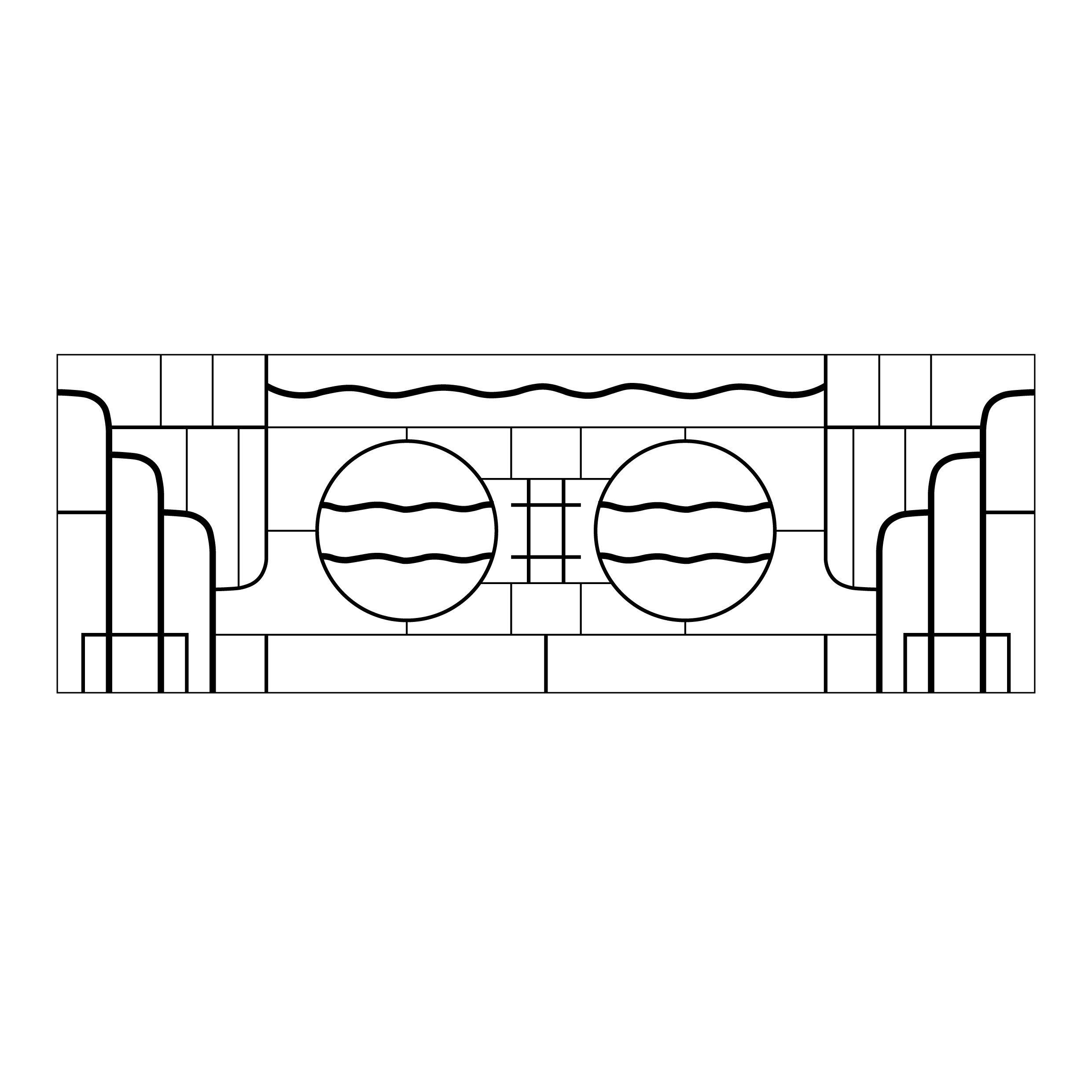
Tropical Patterns
A combination of shapes taking inspiration from tropical elements of nature - fountains, waves can be spotted within metal grills of entrances and windows
